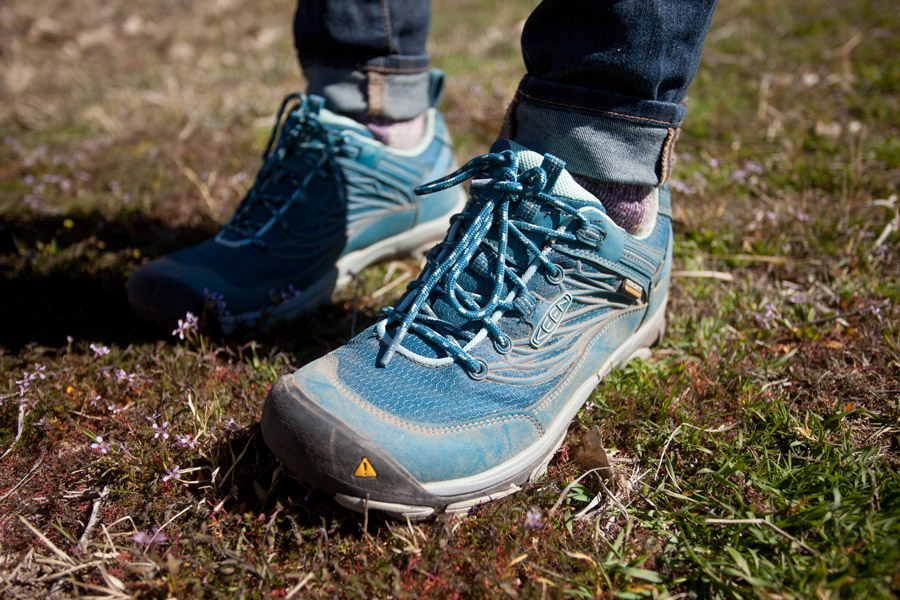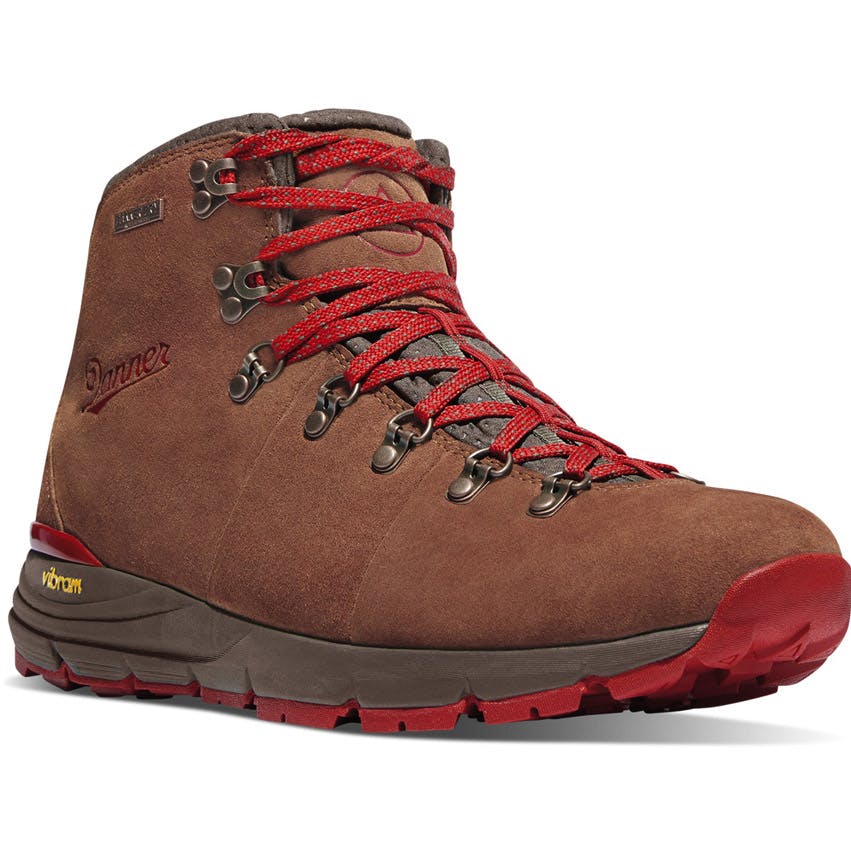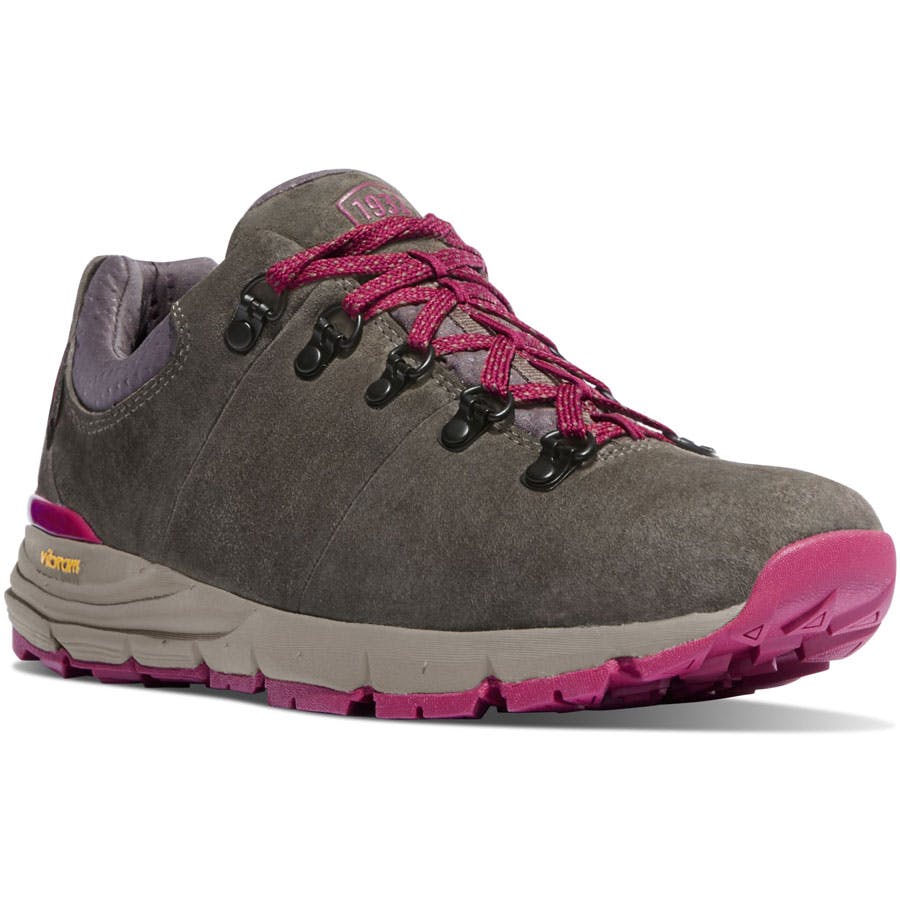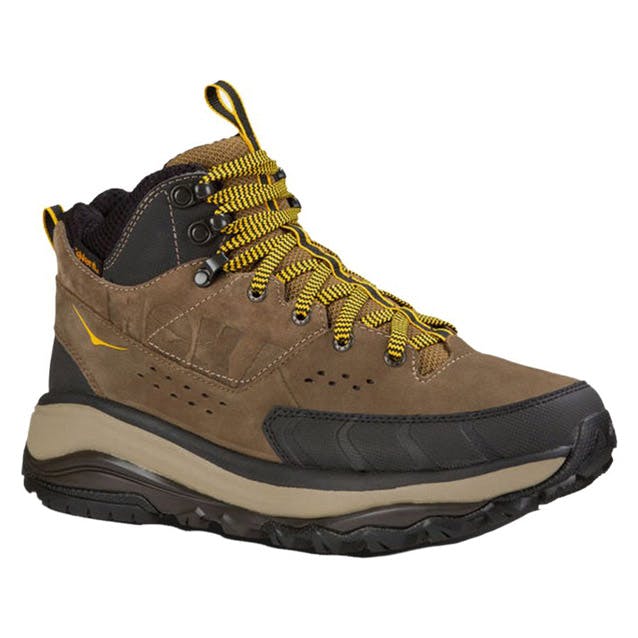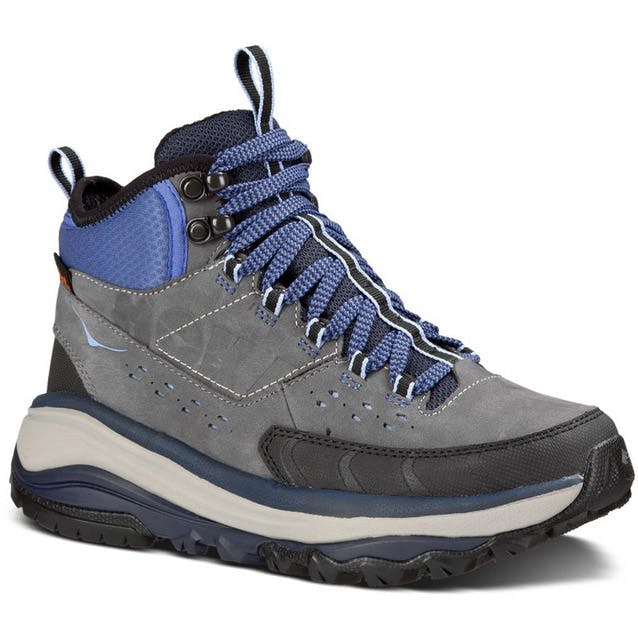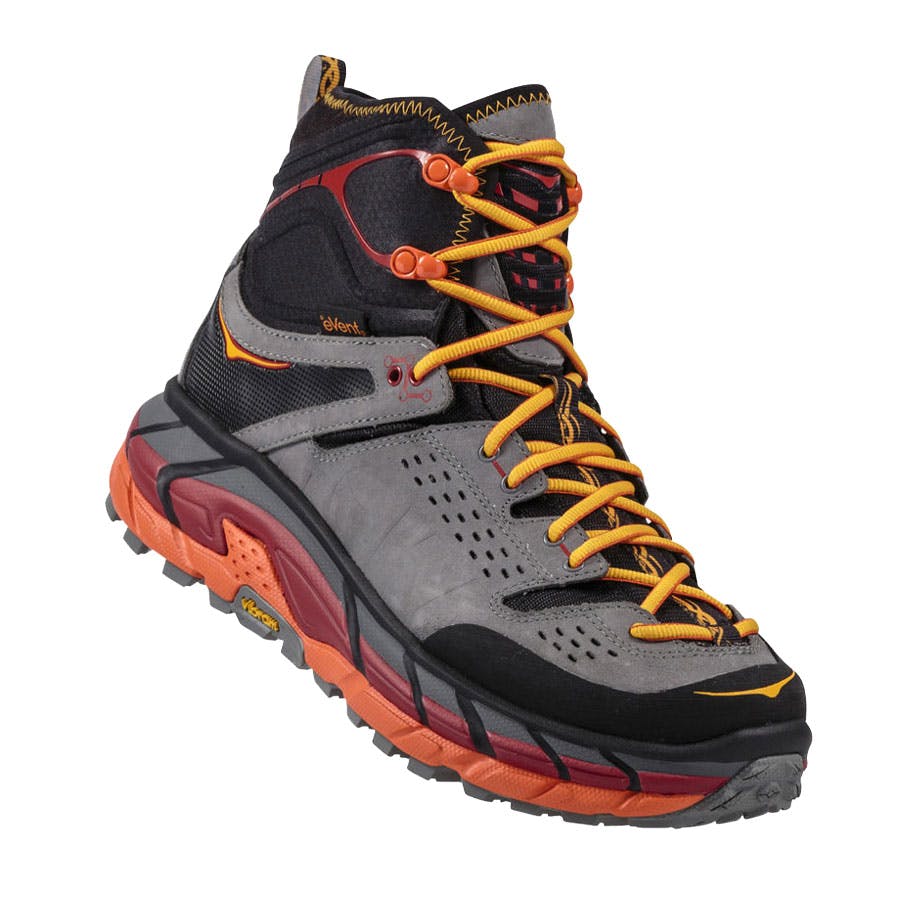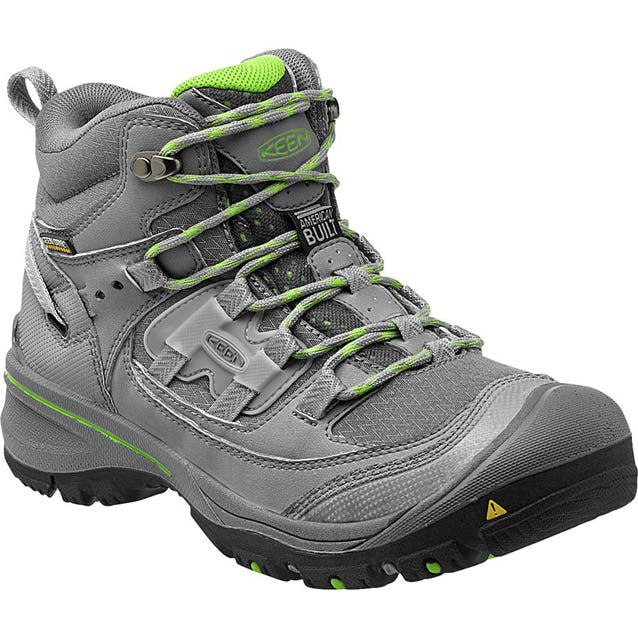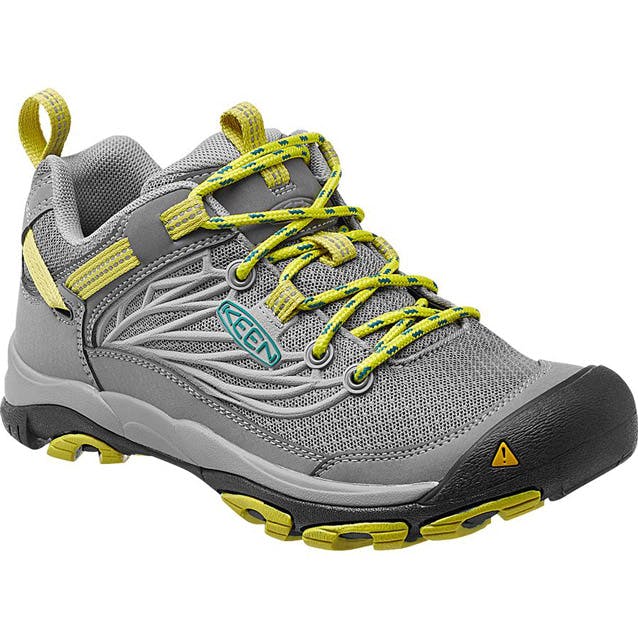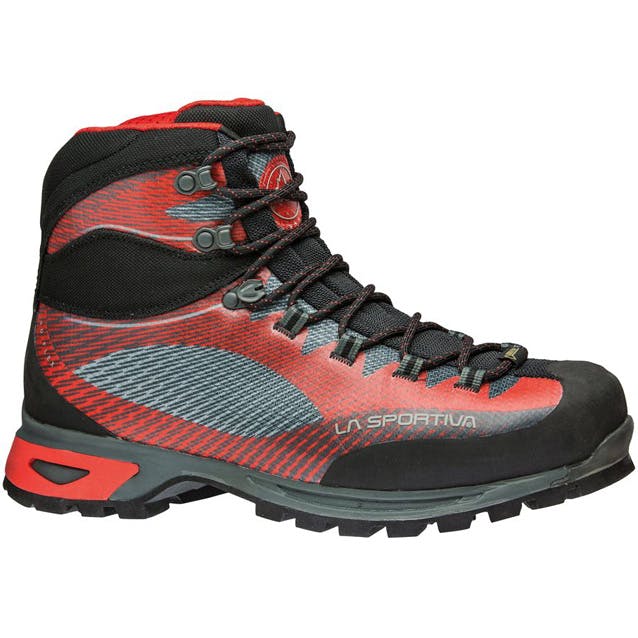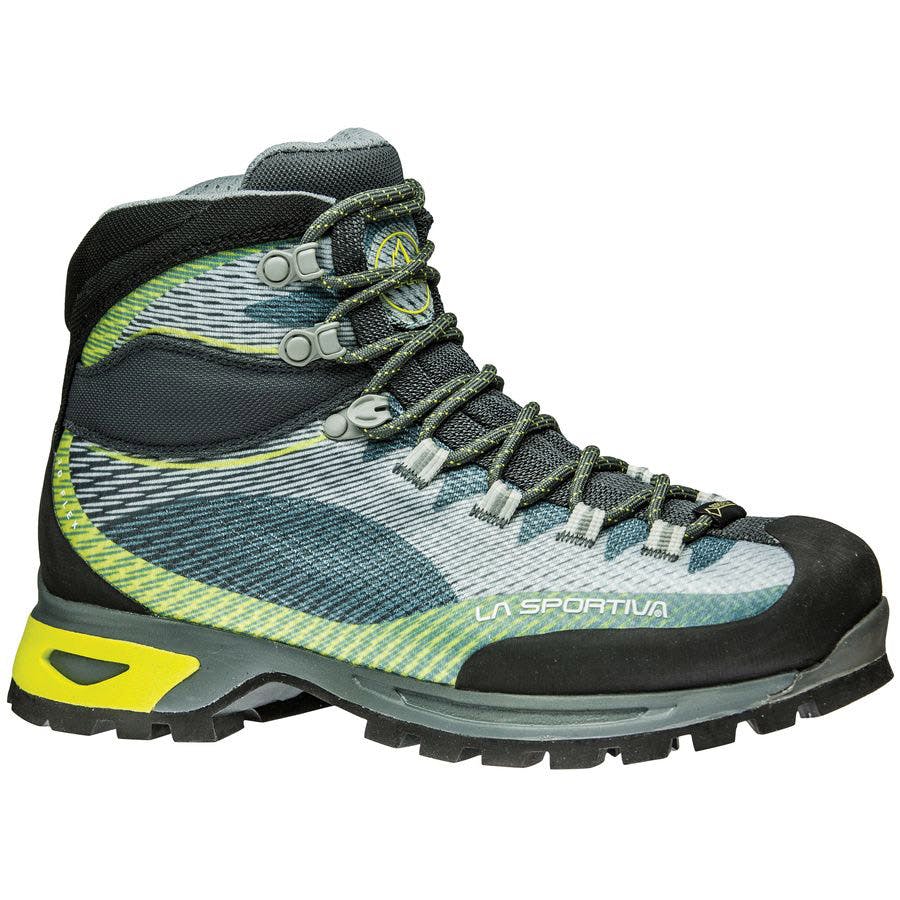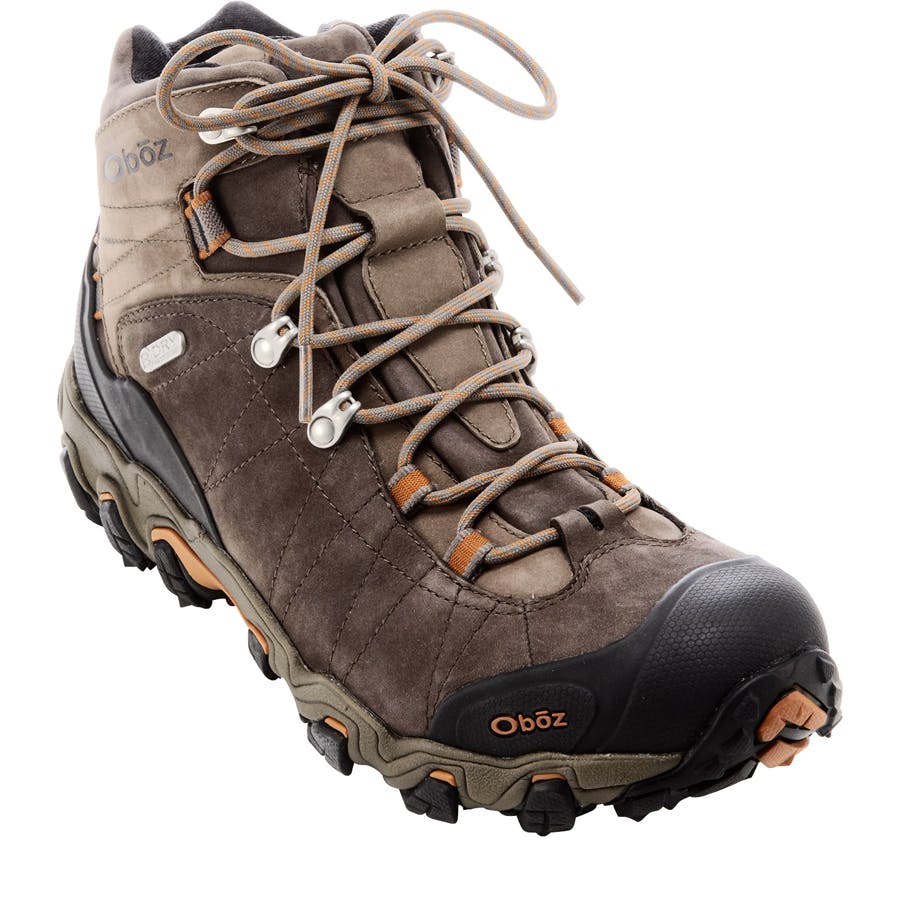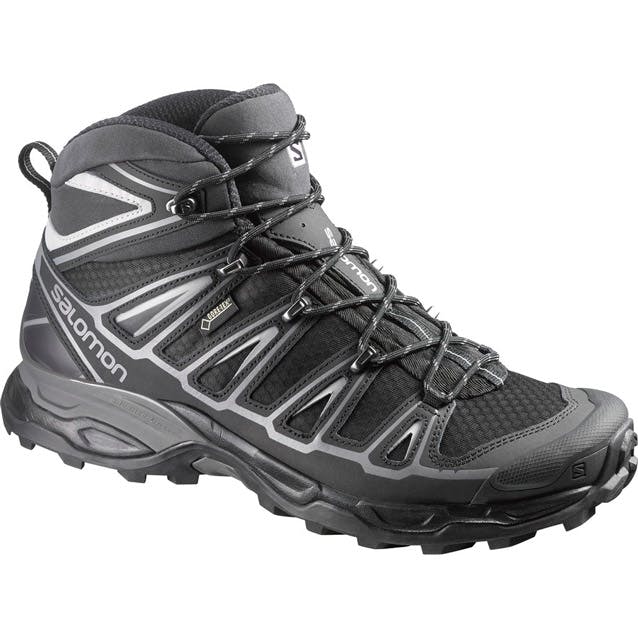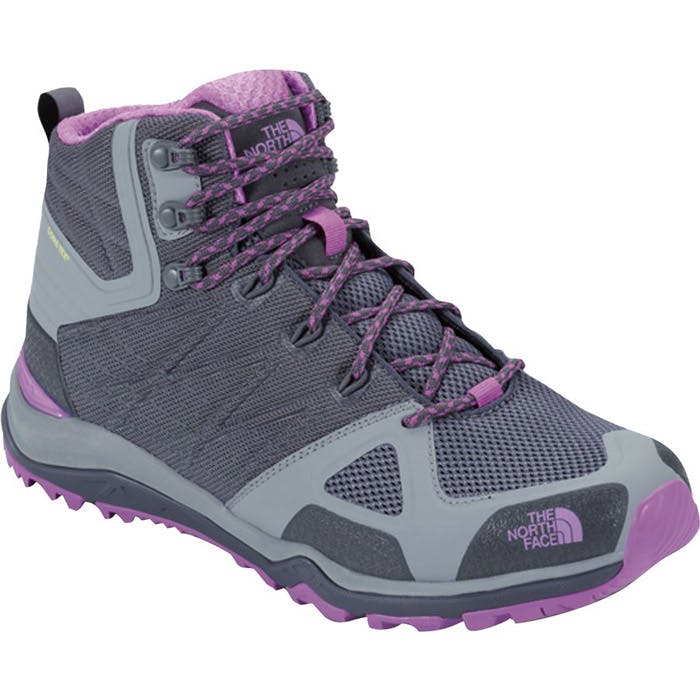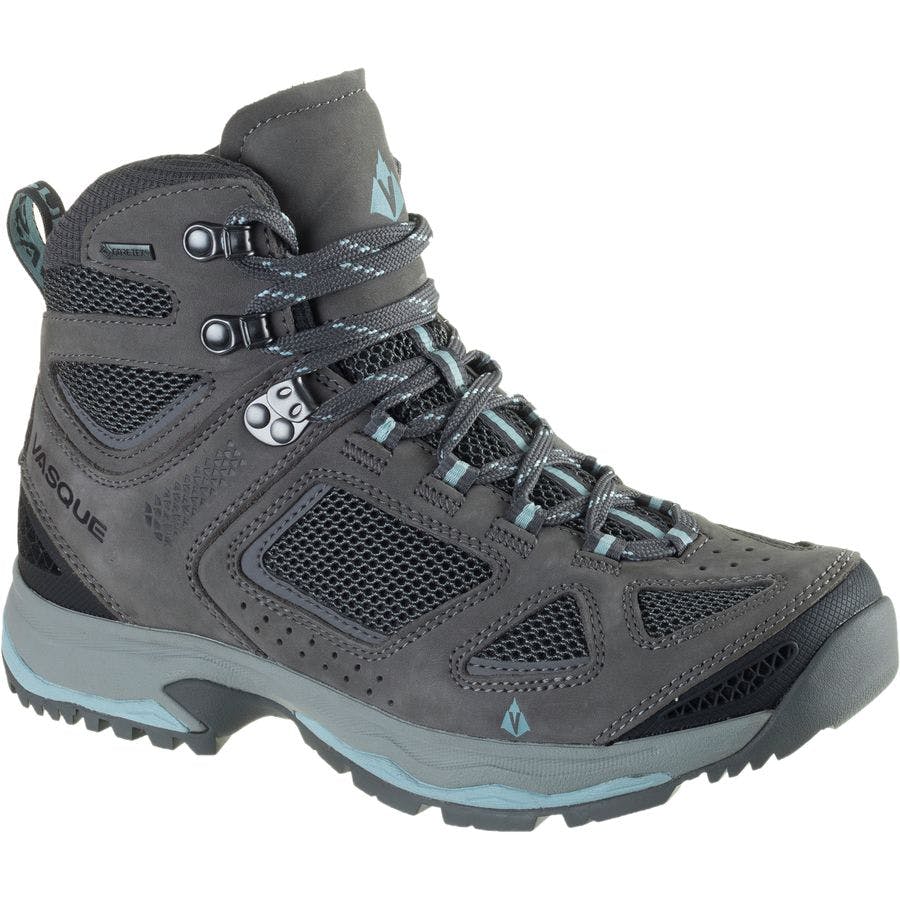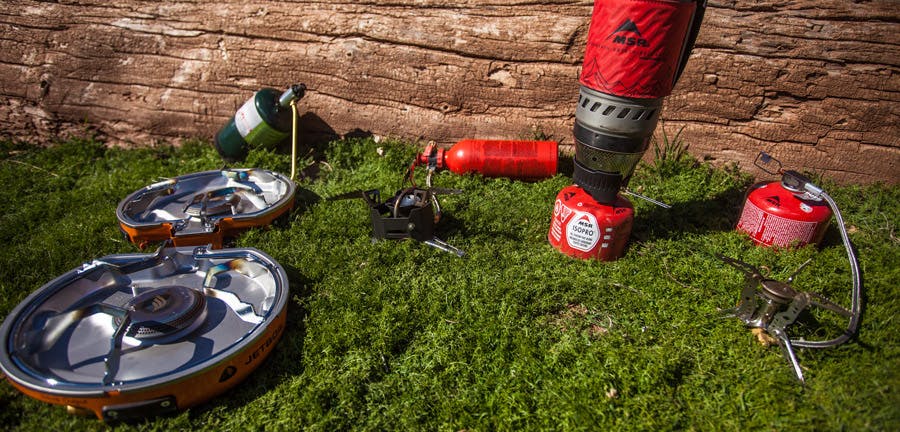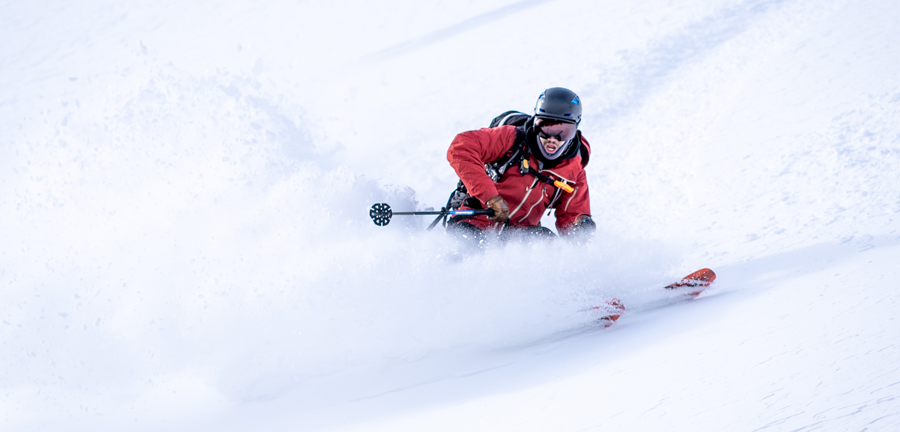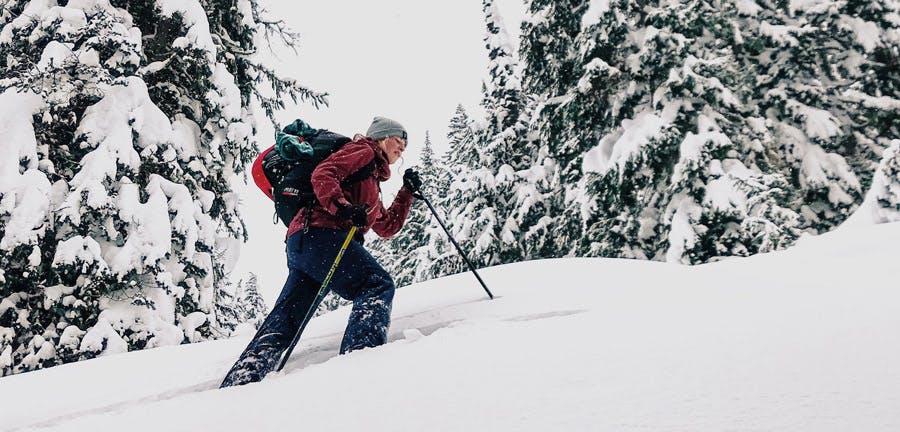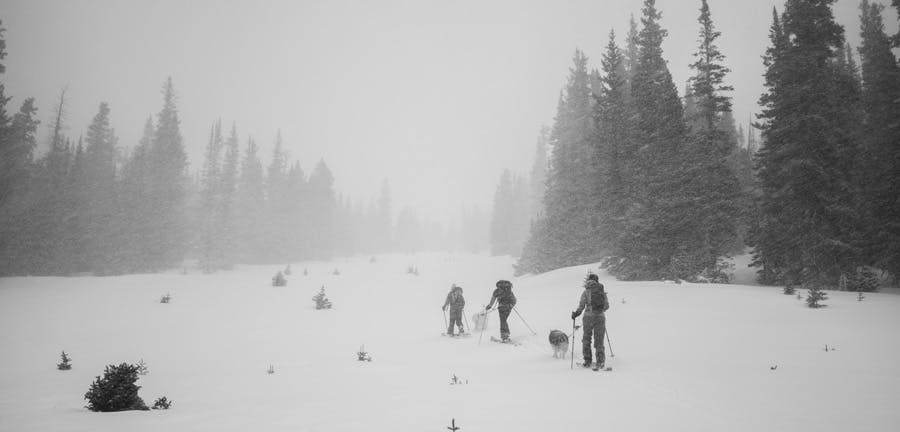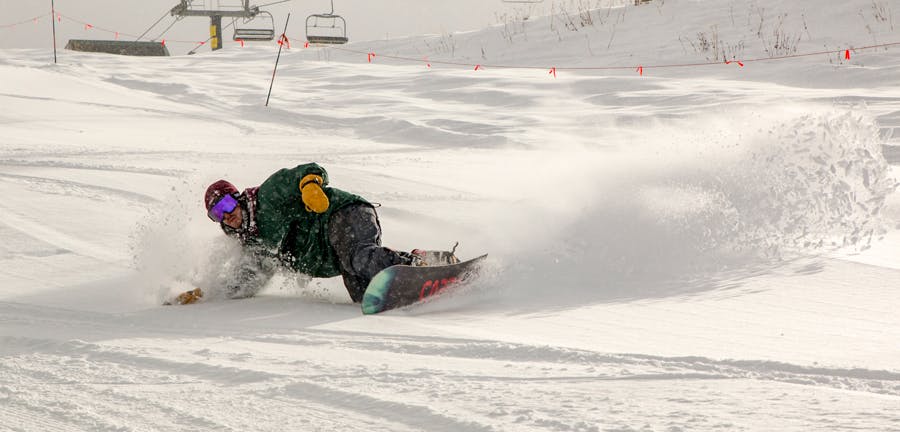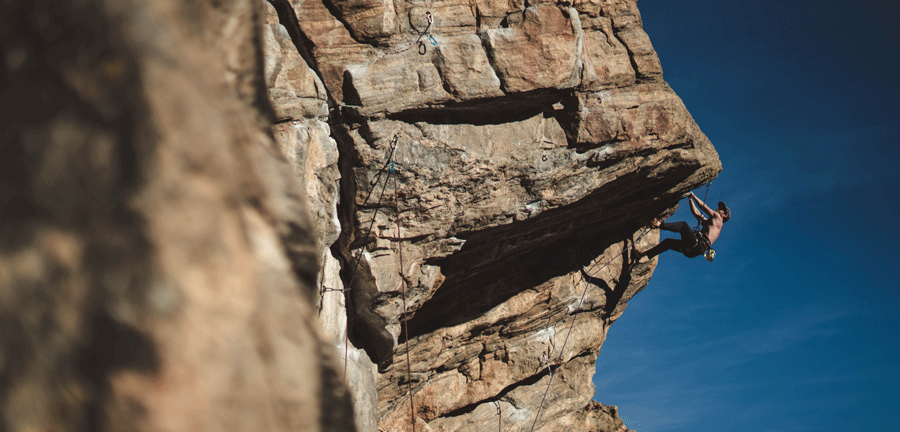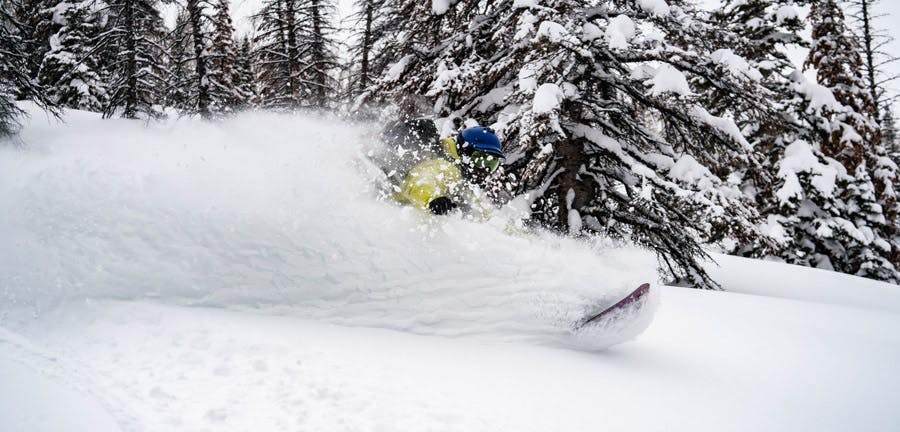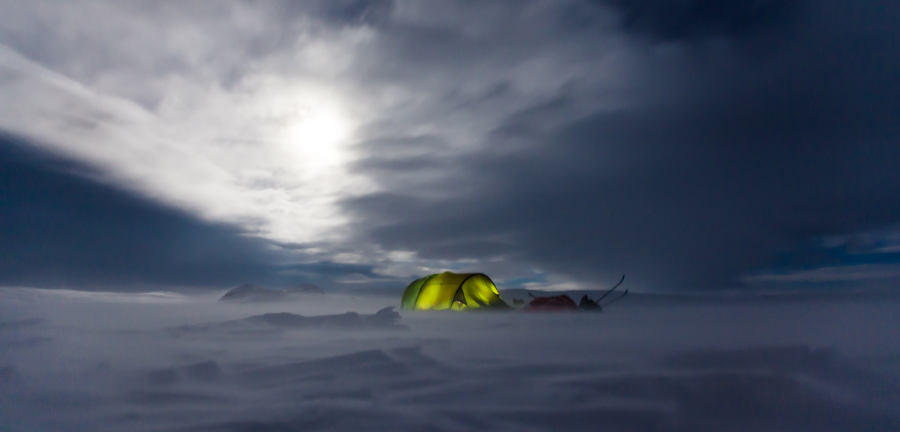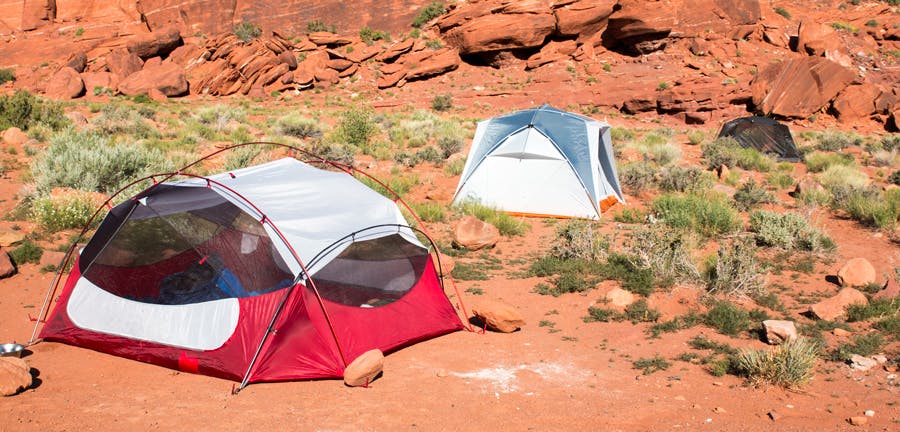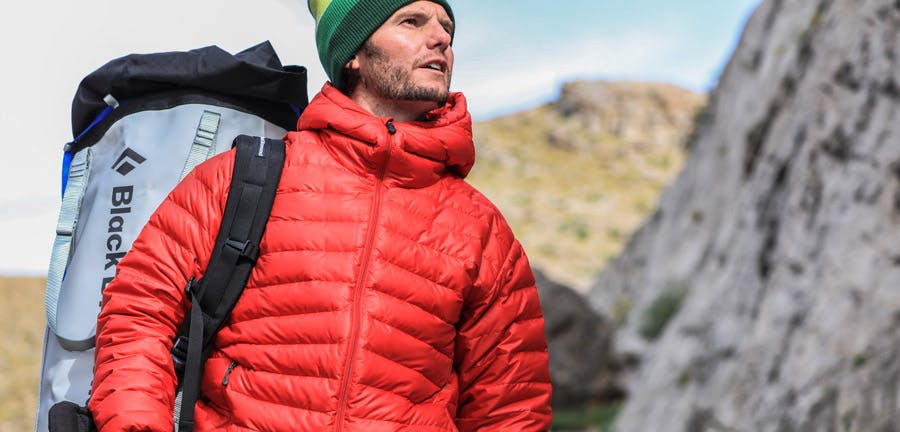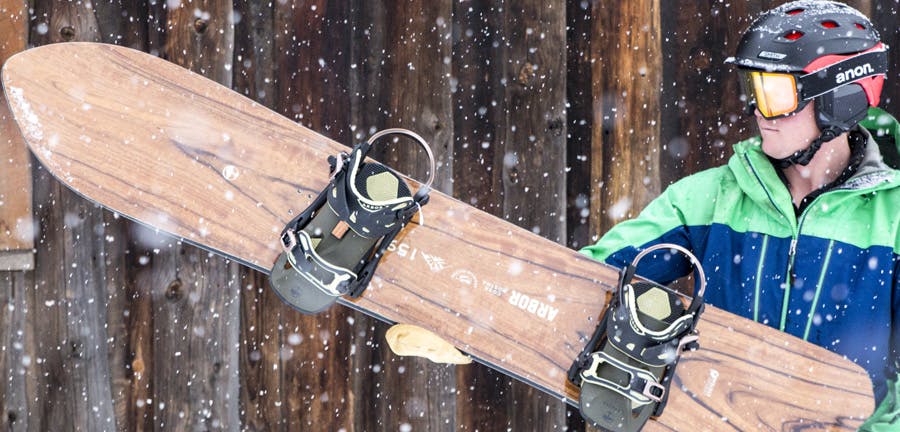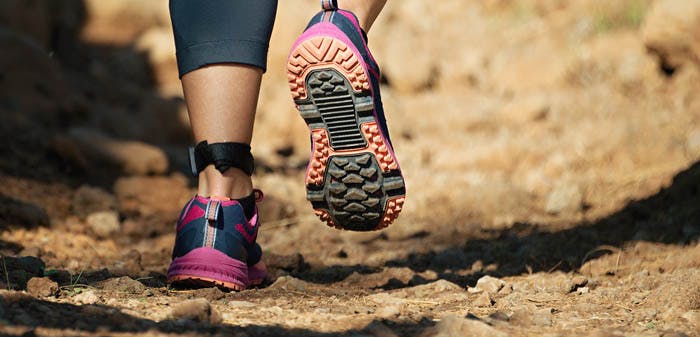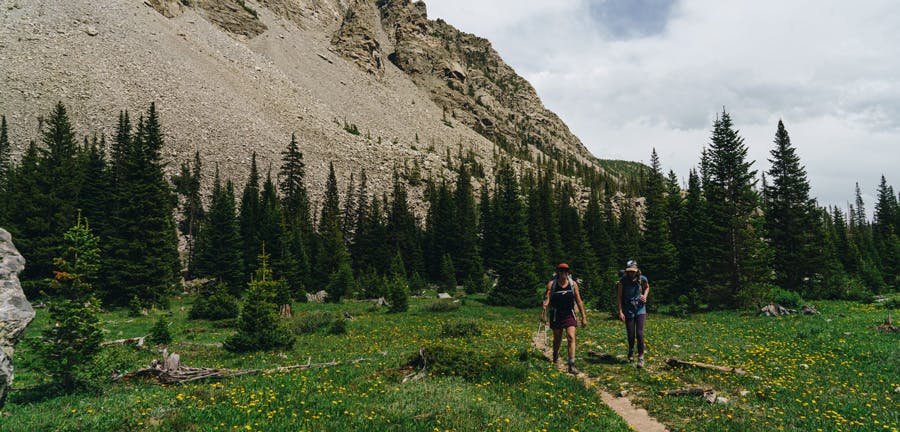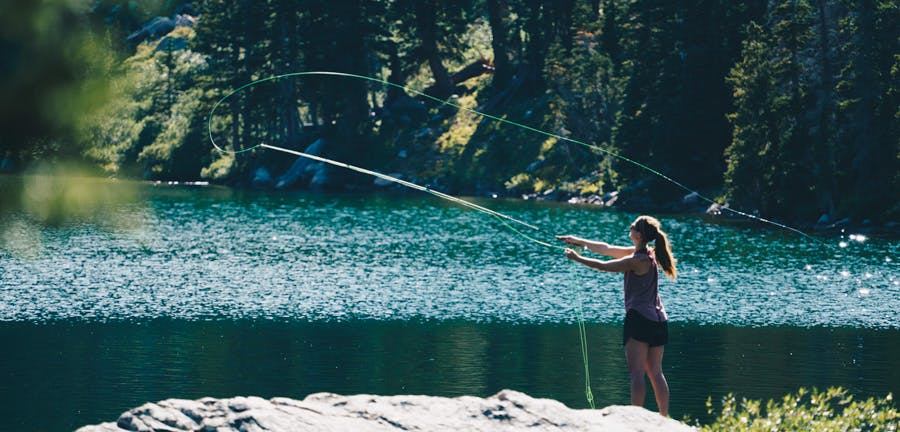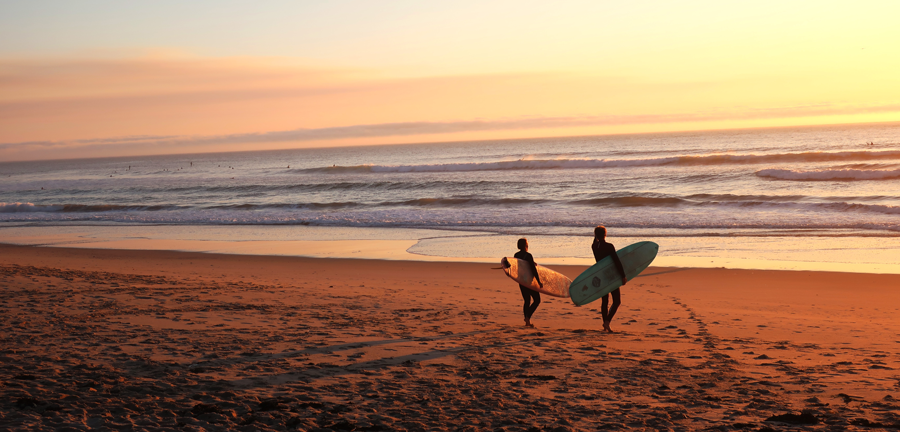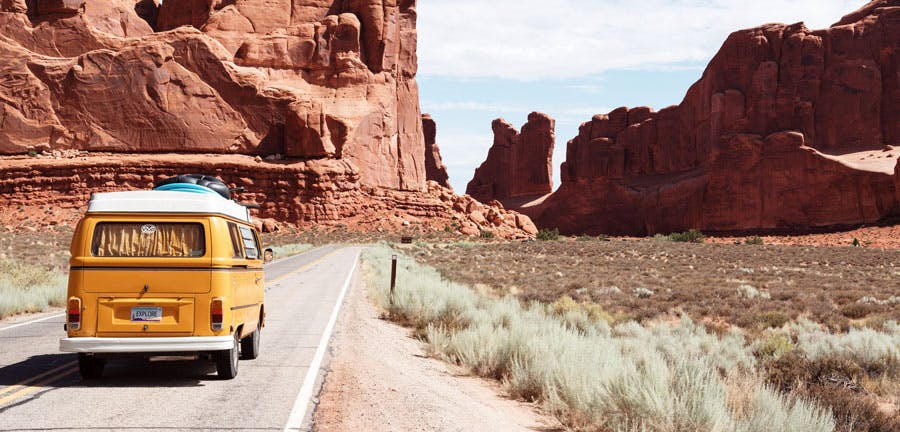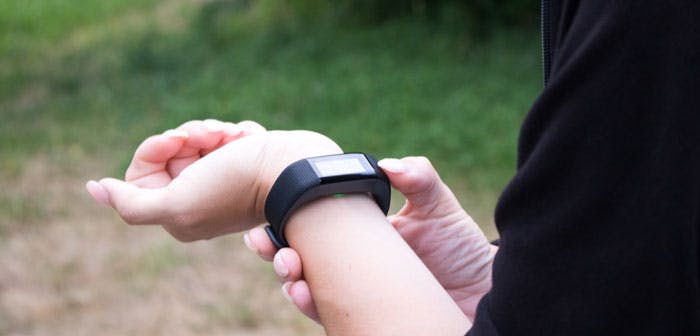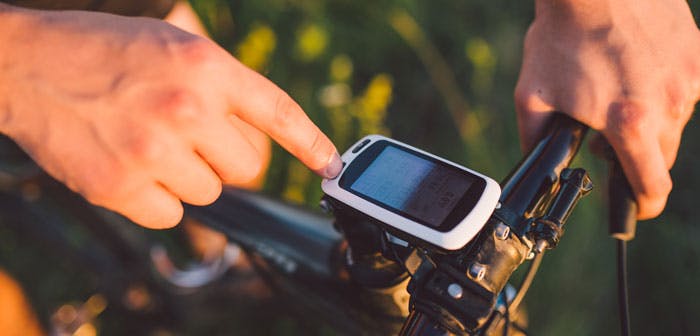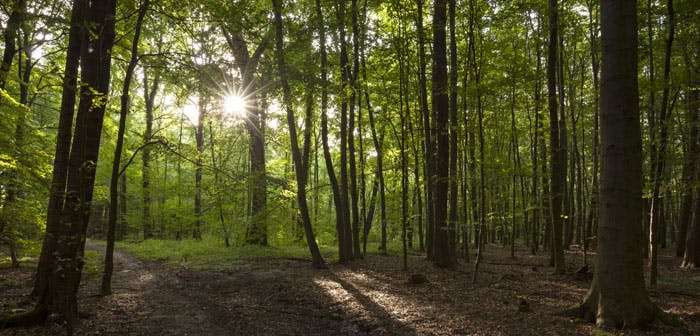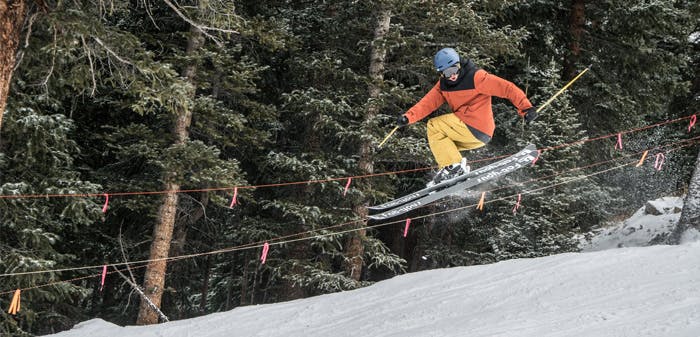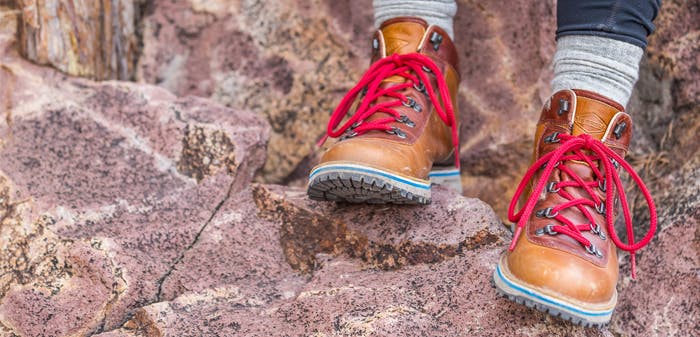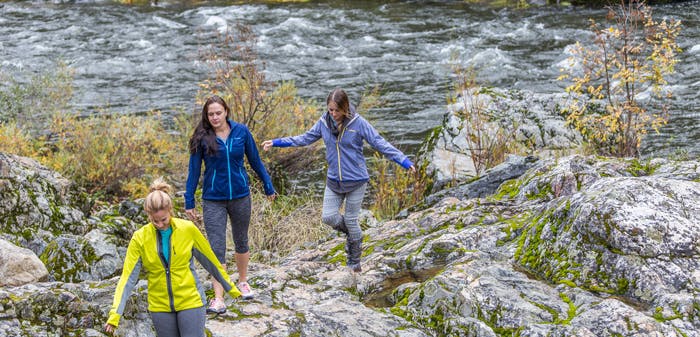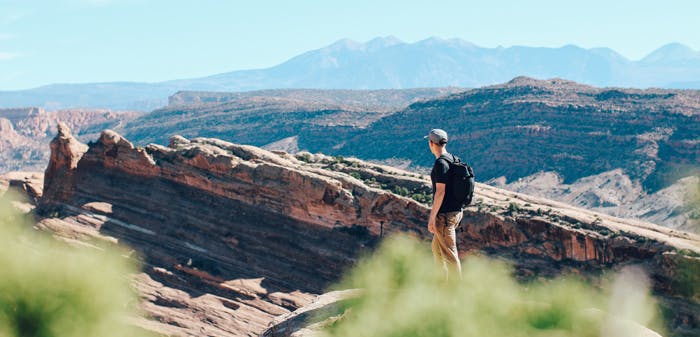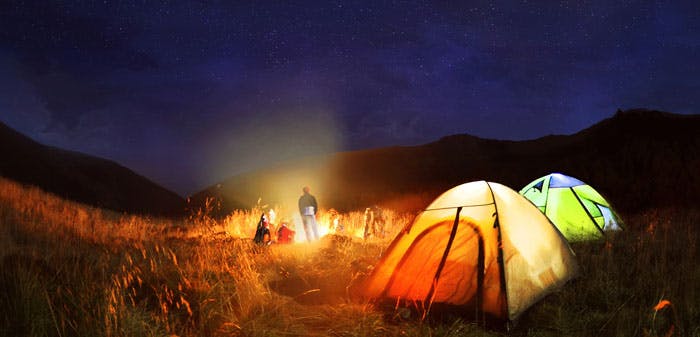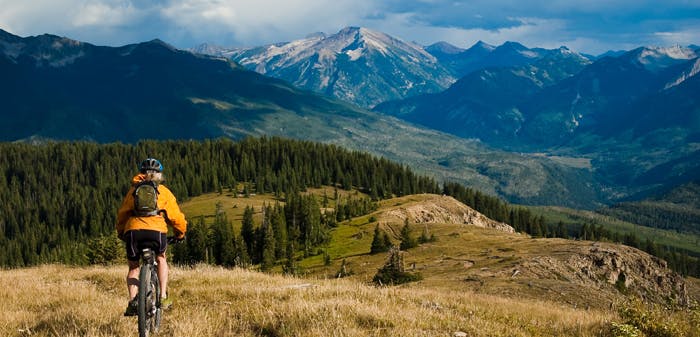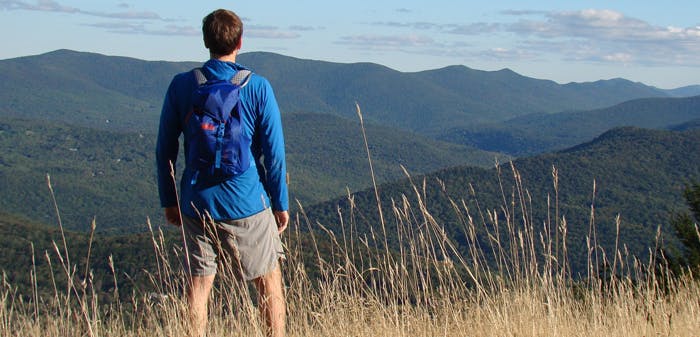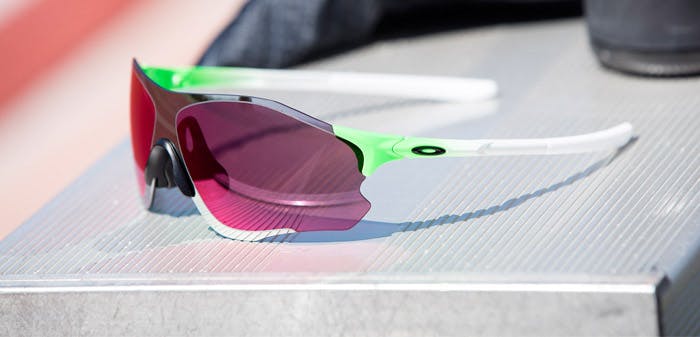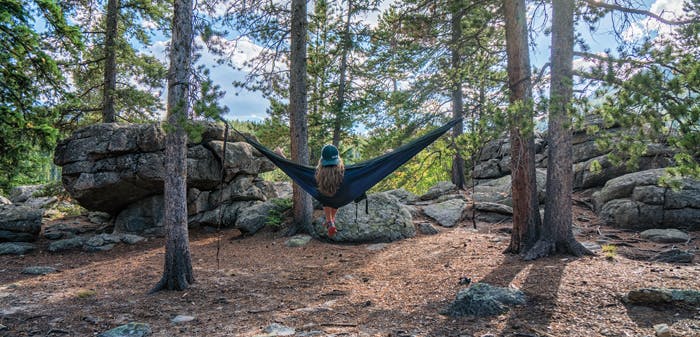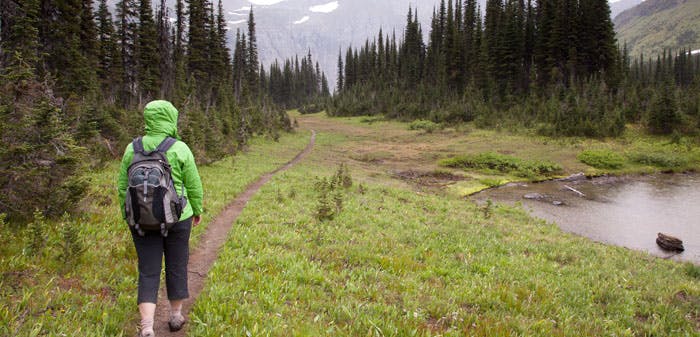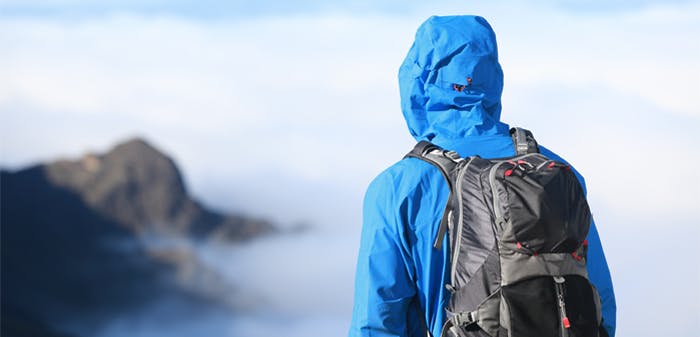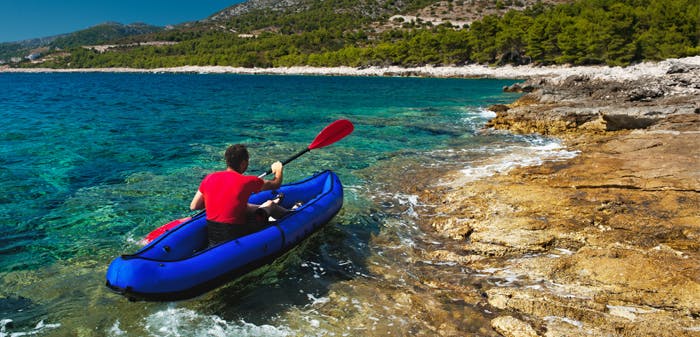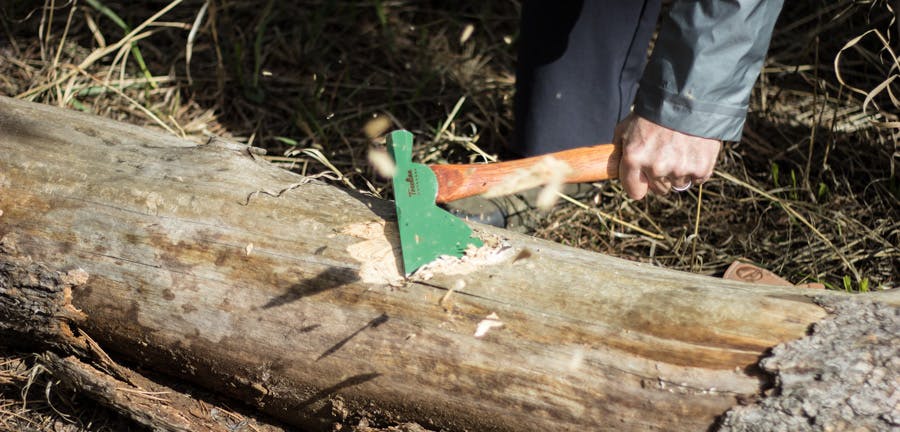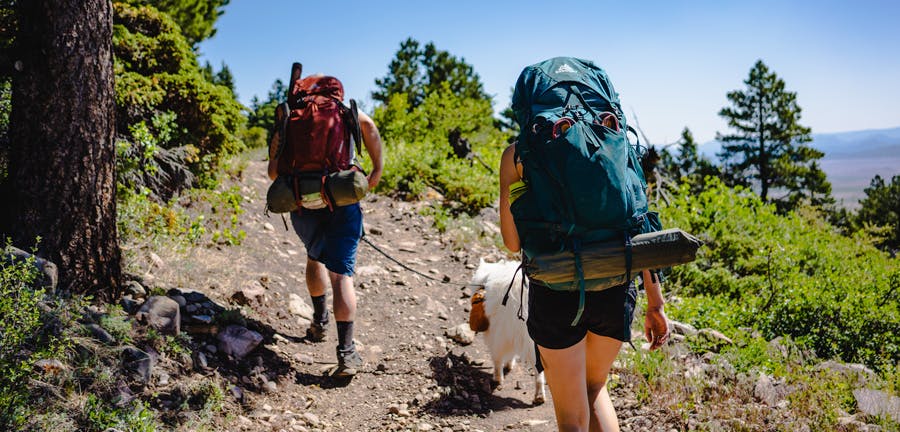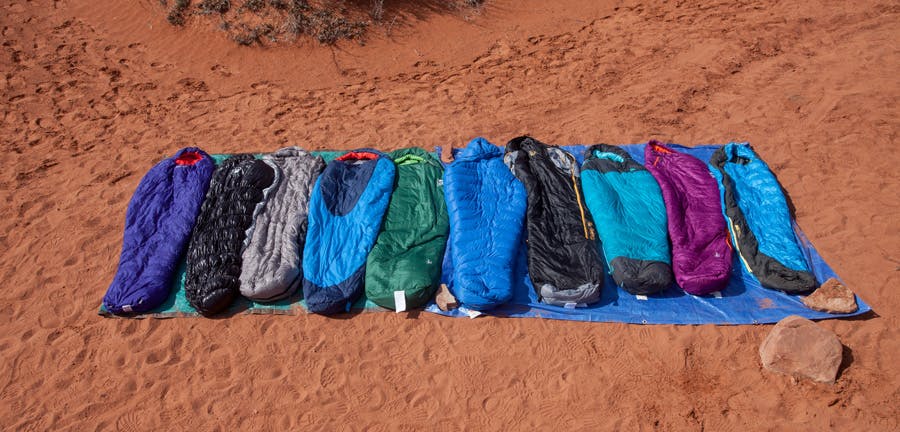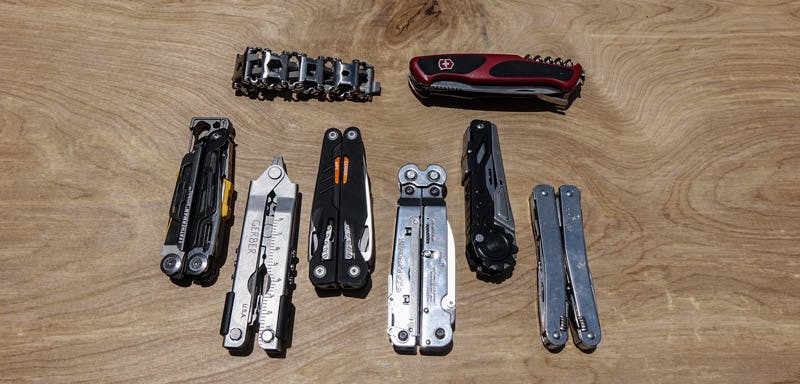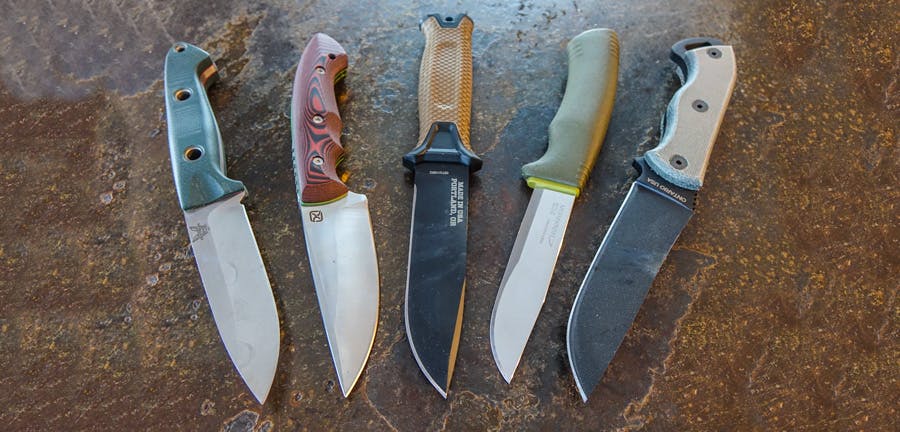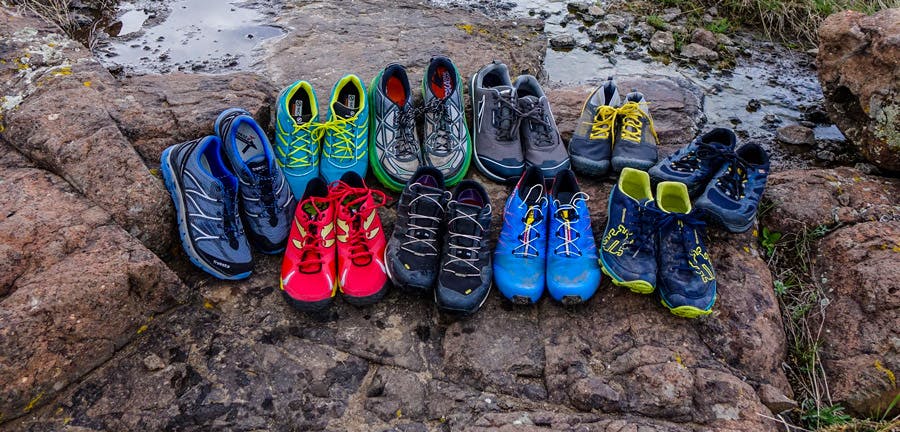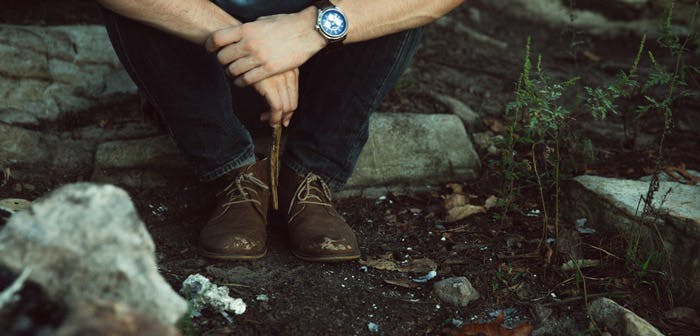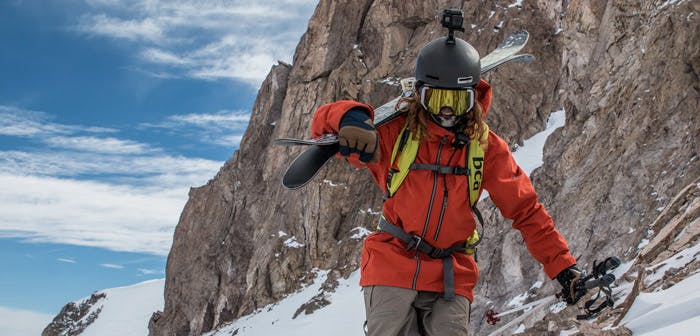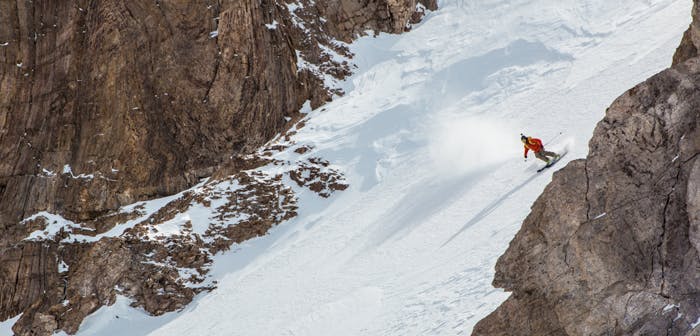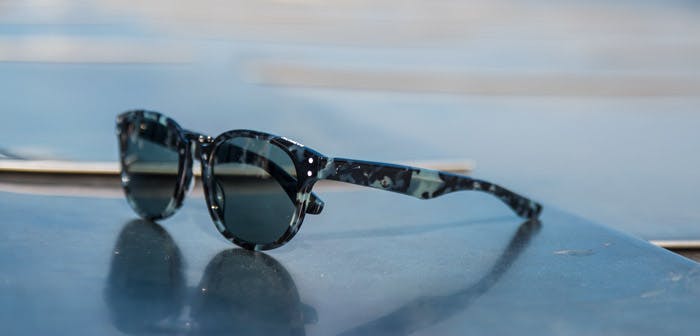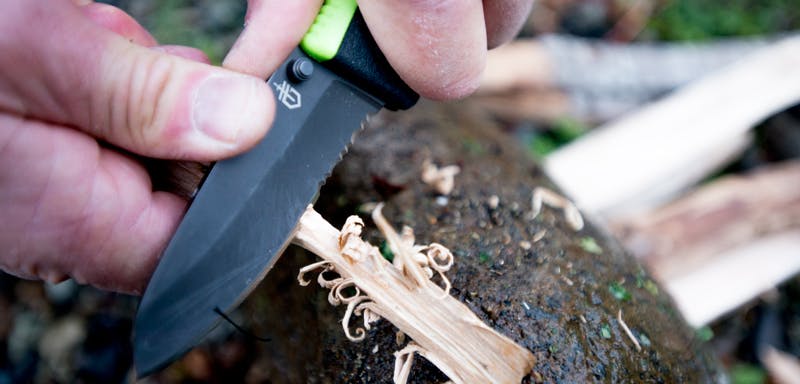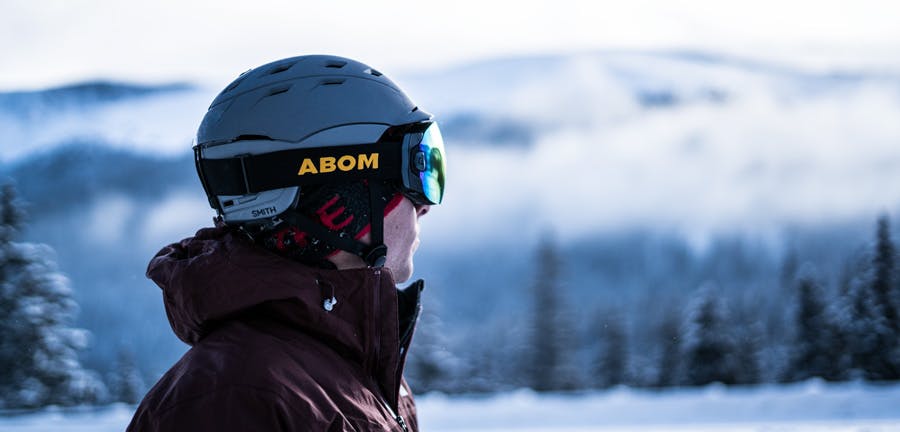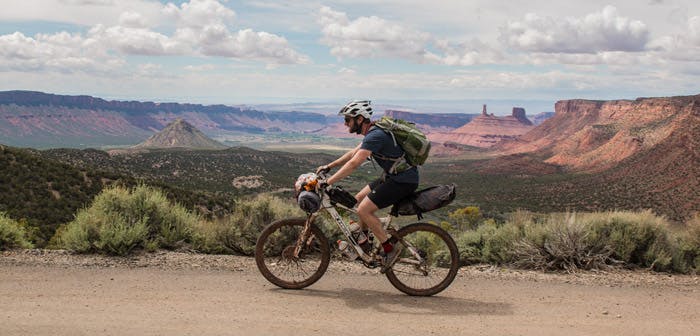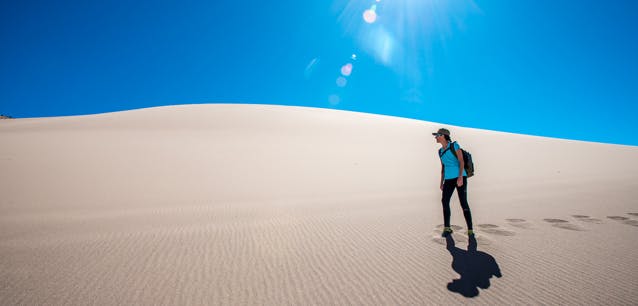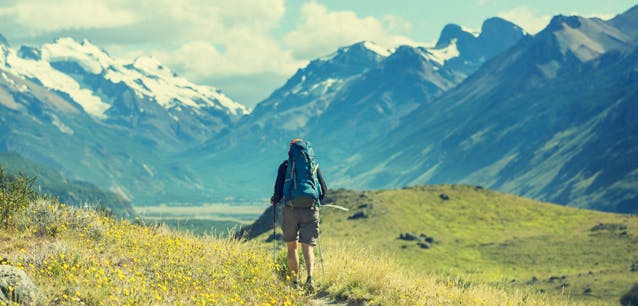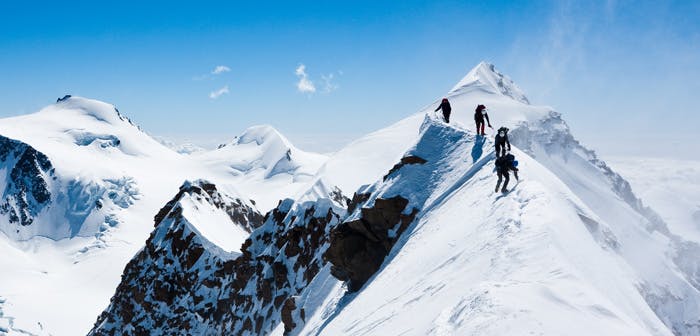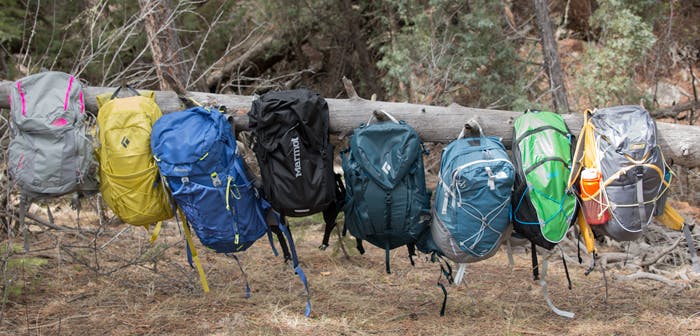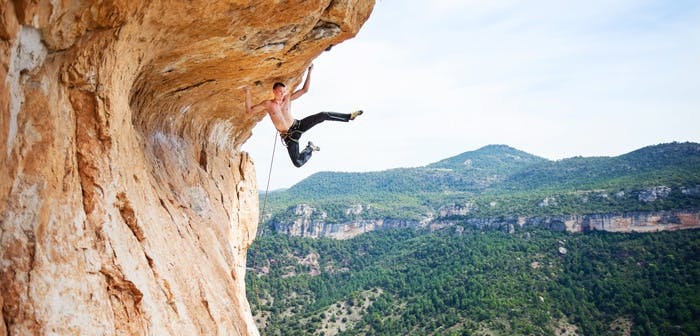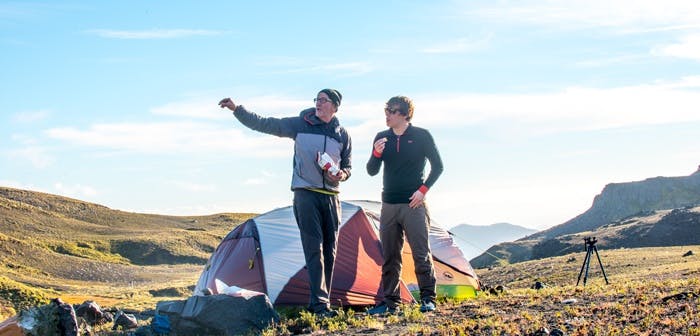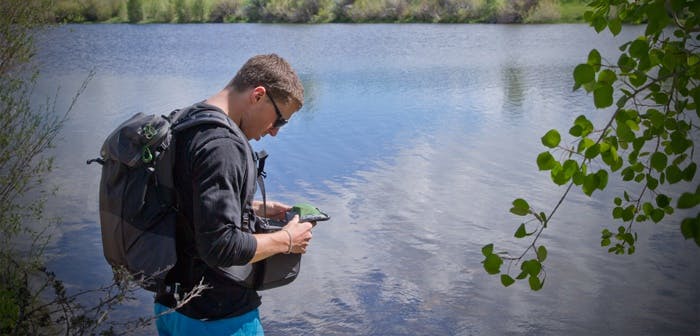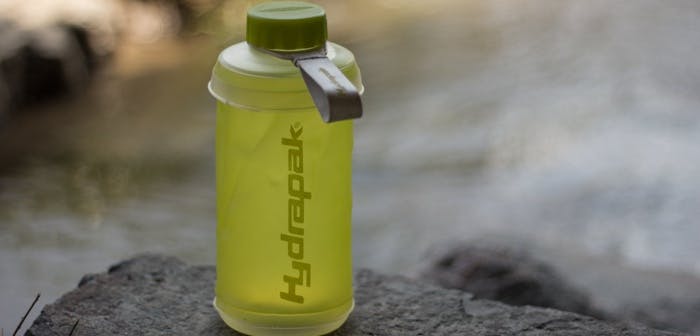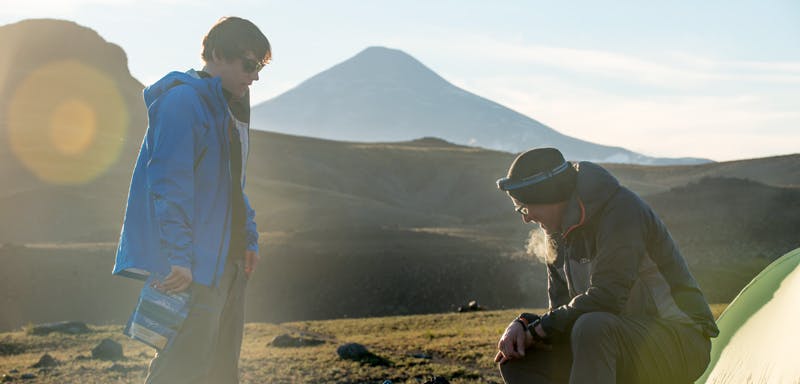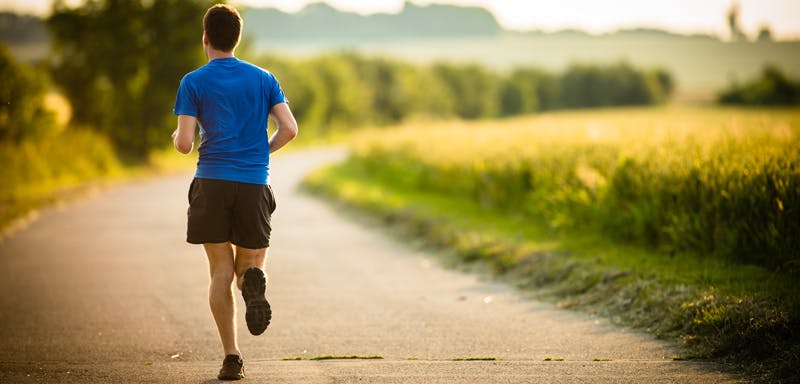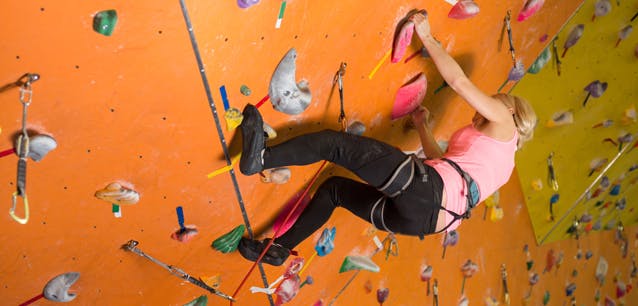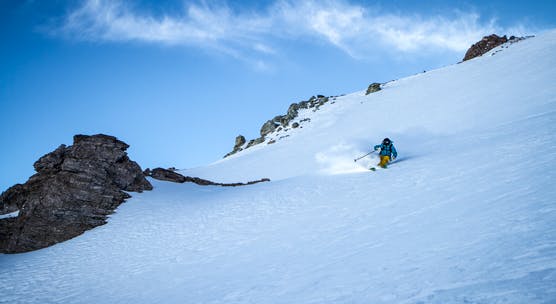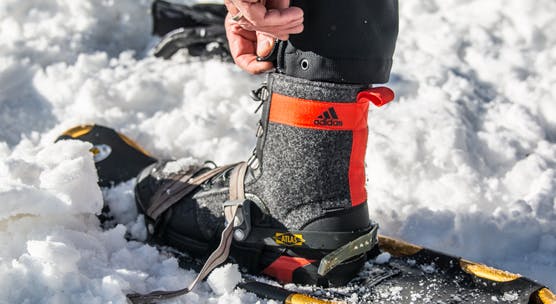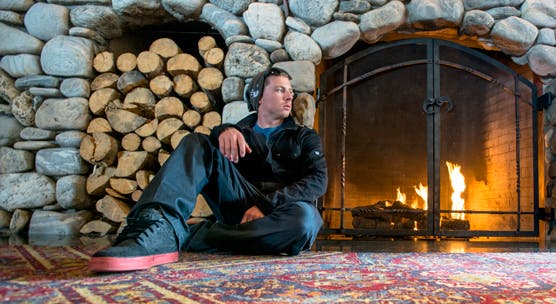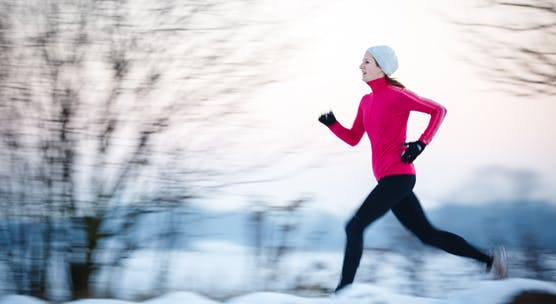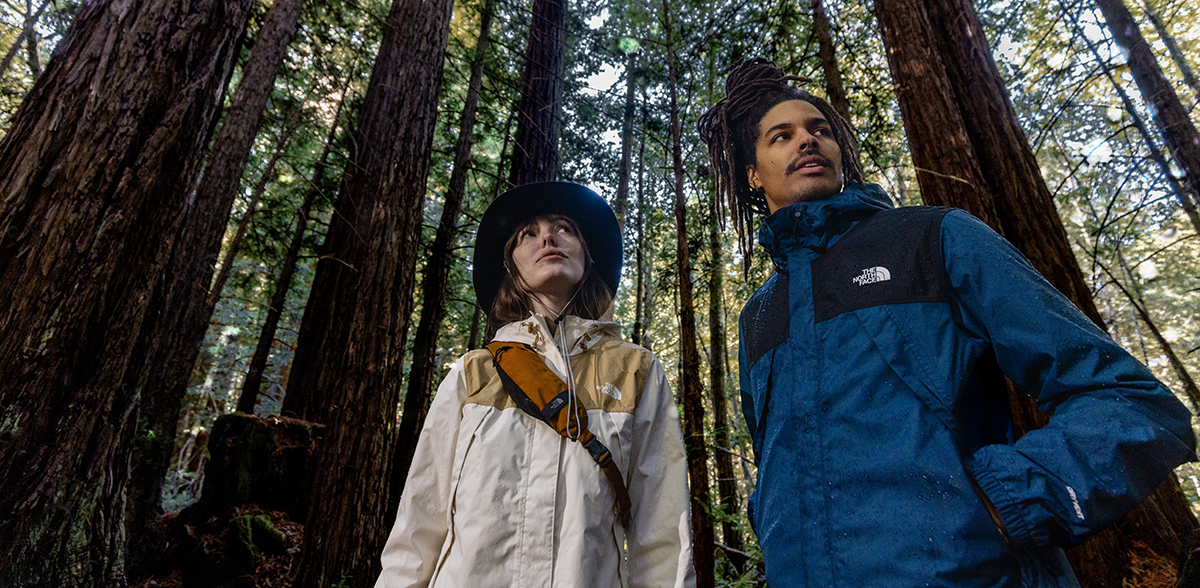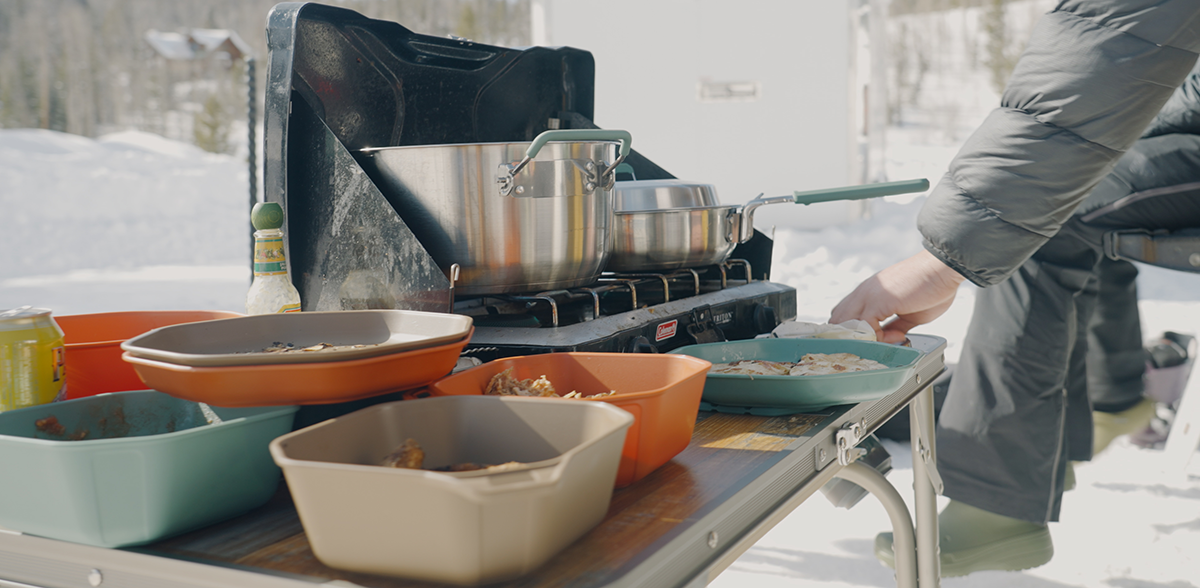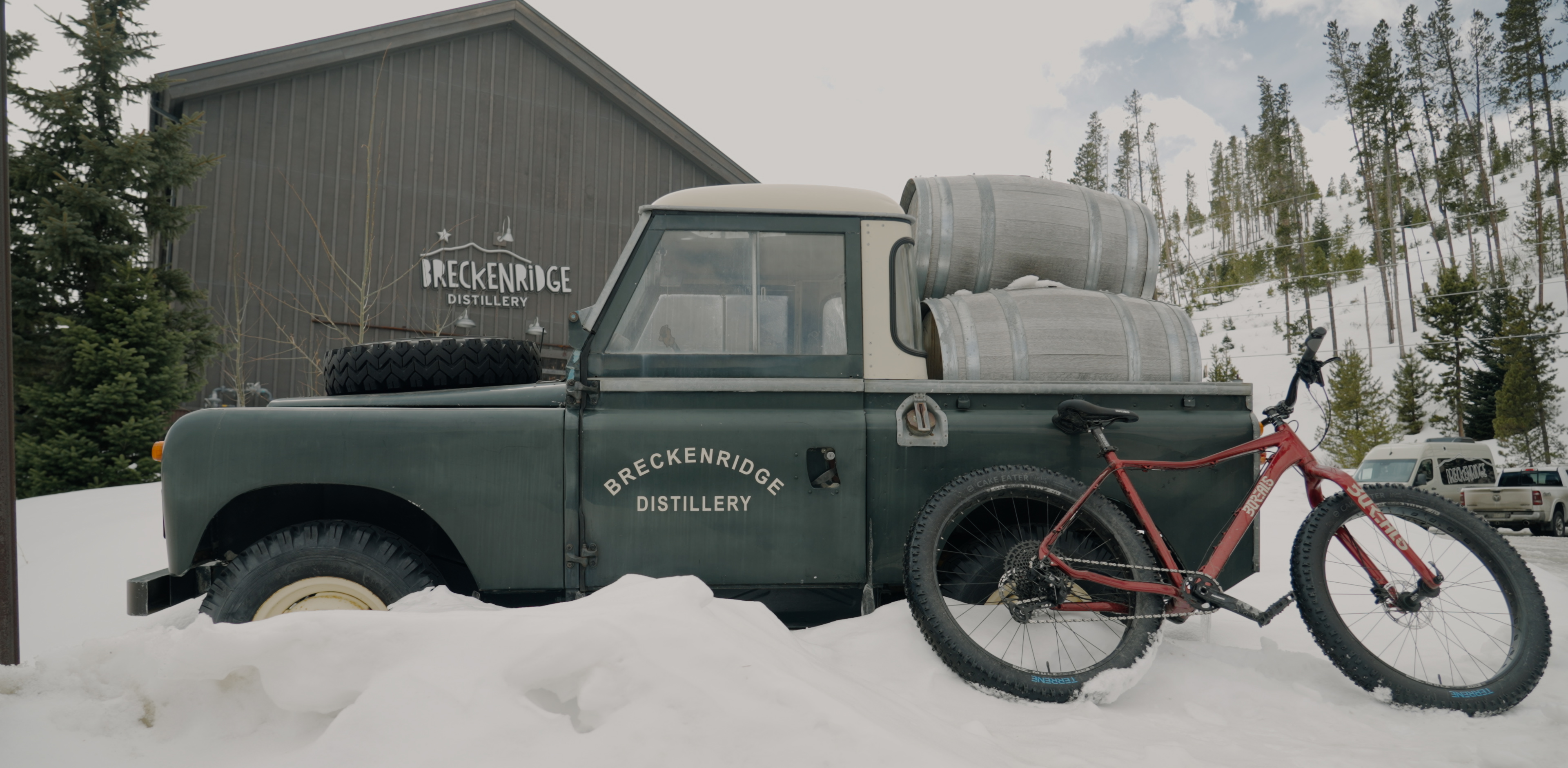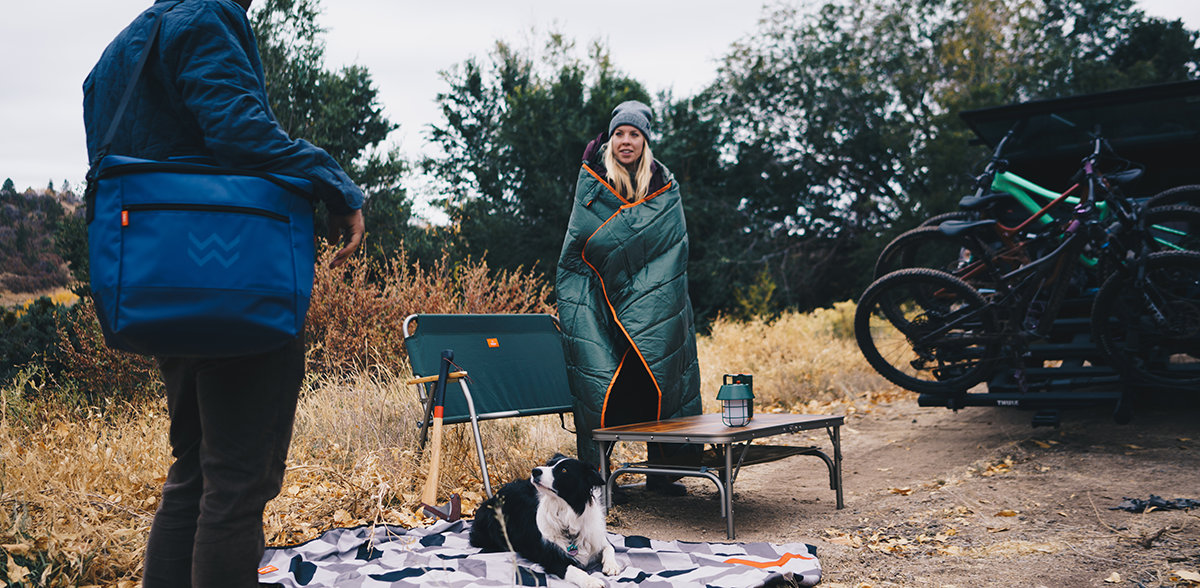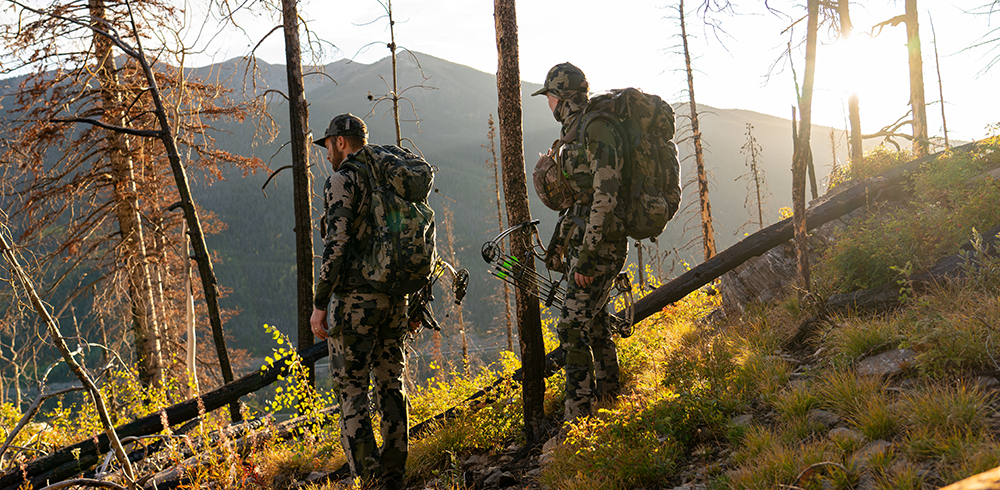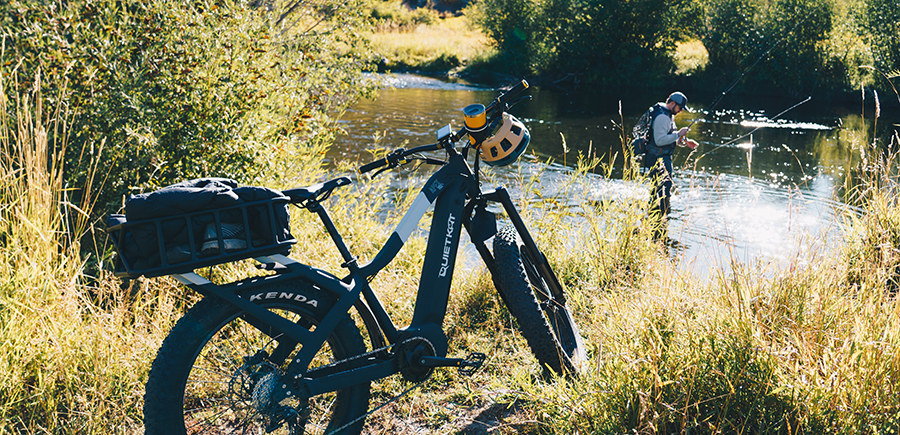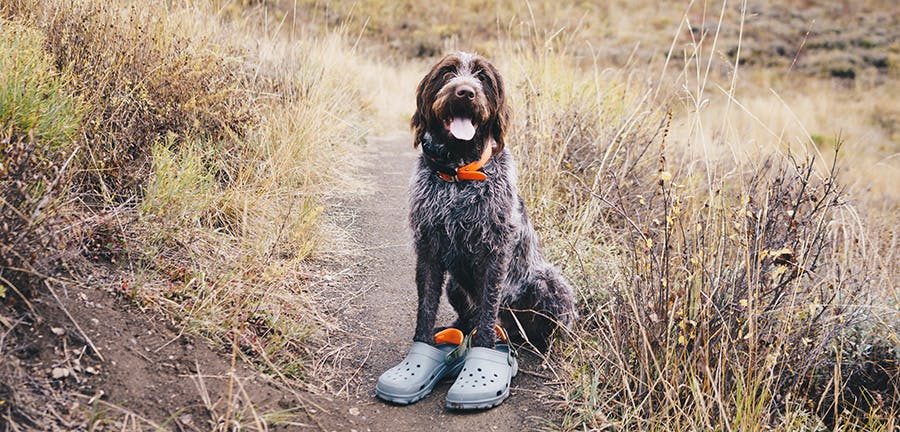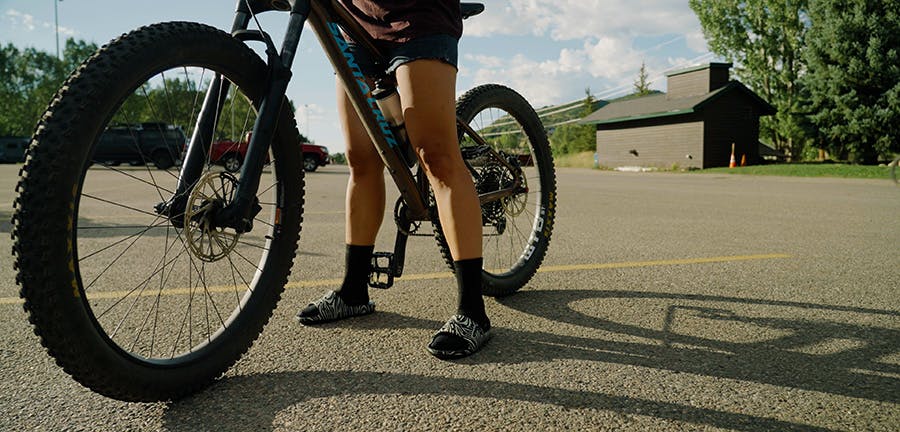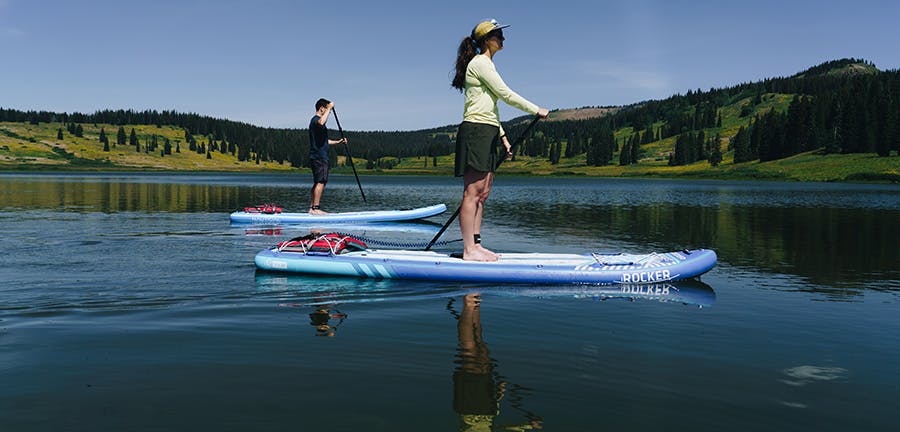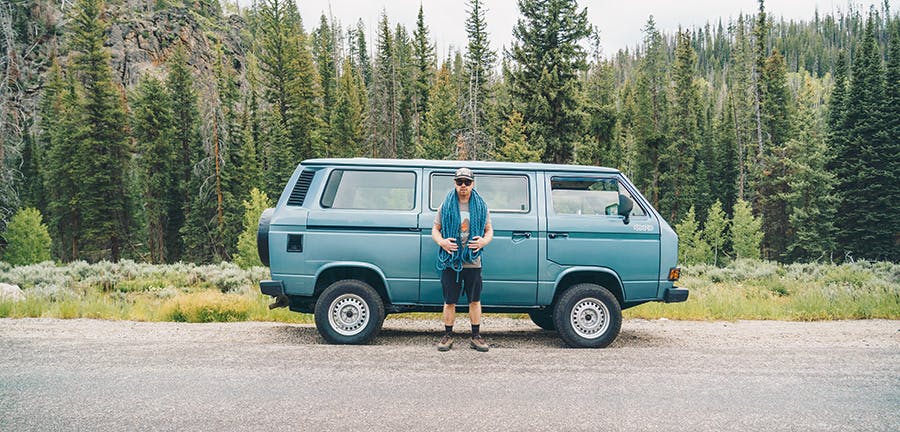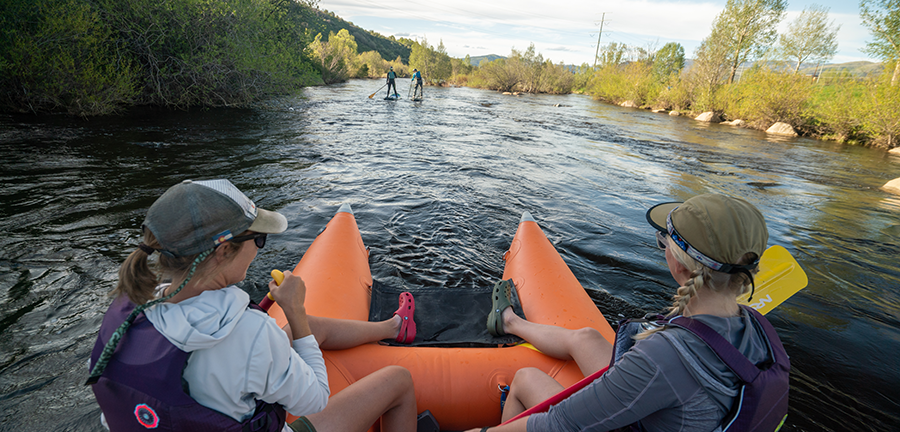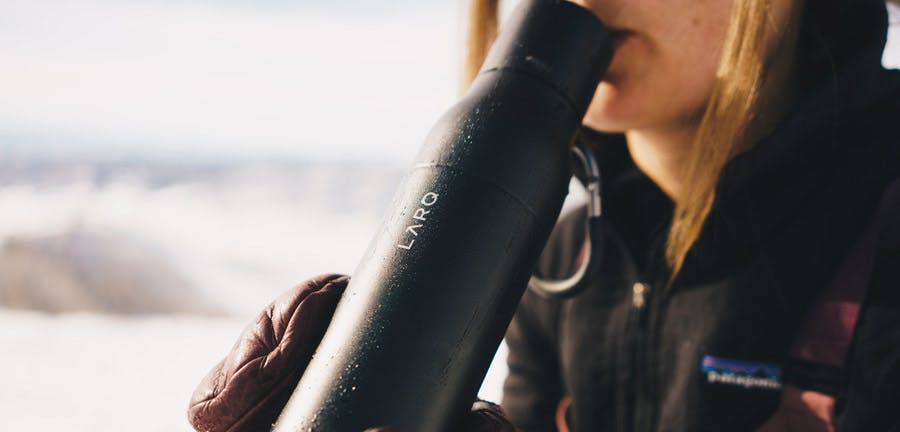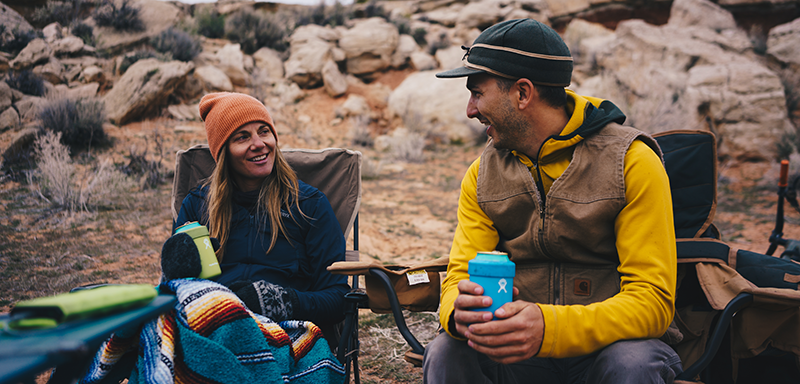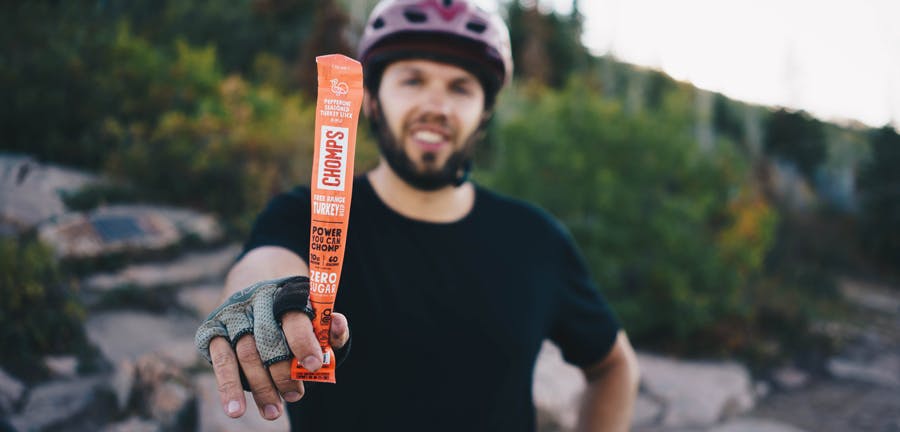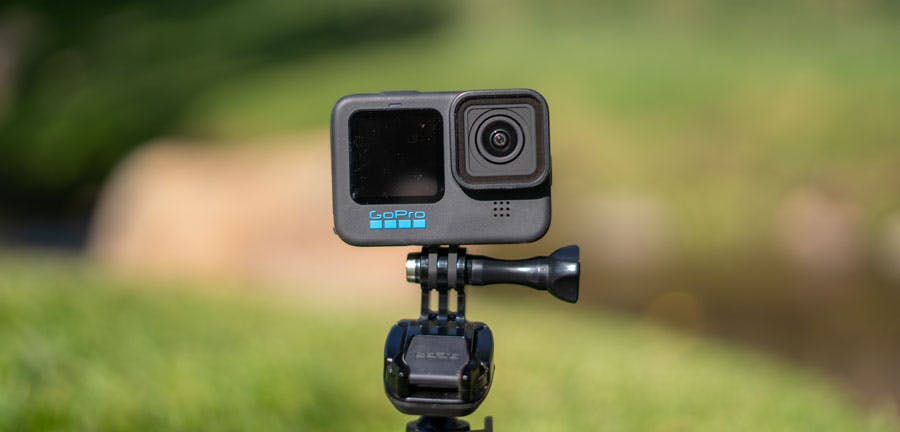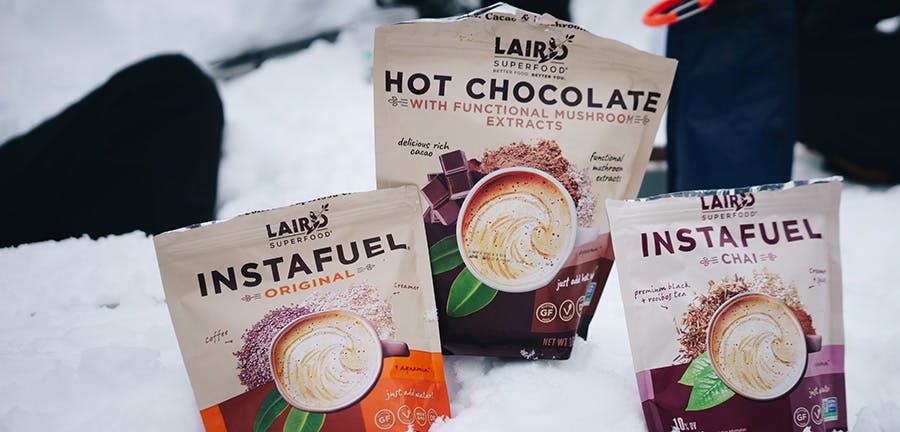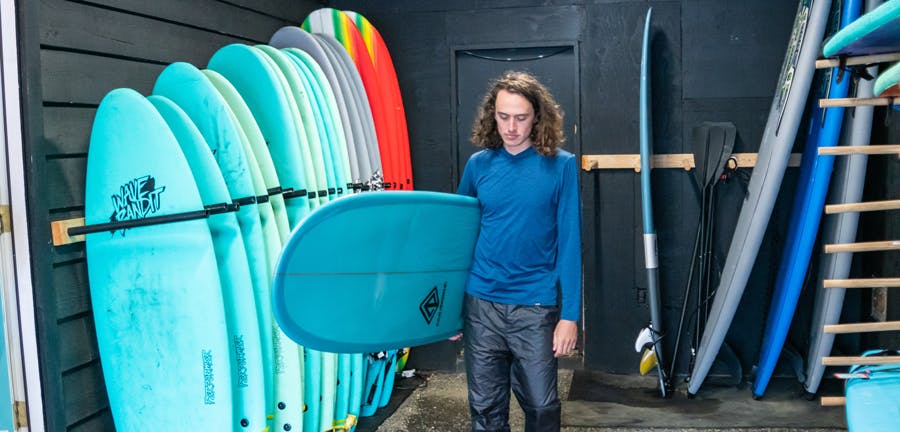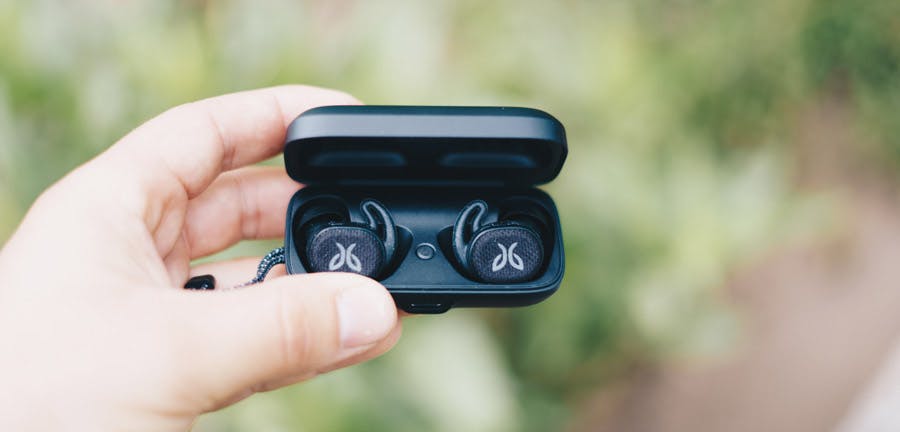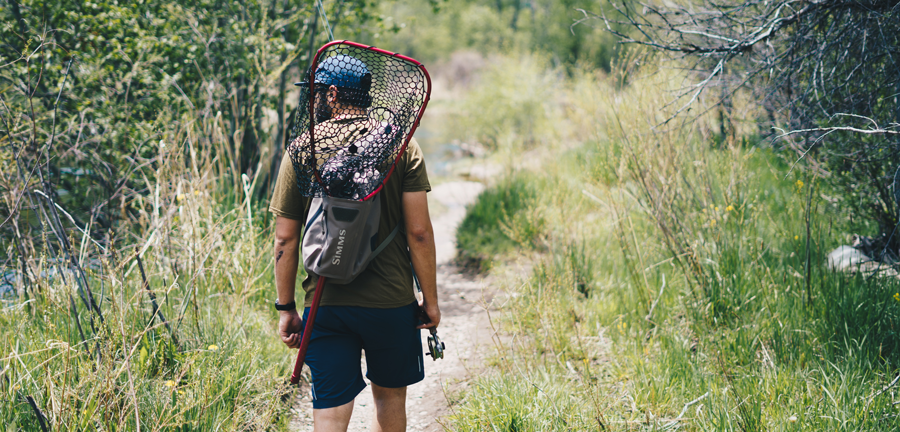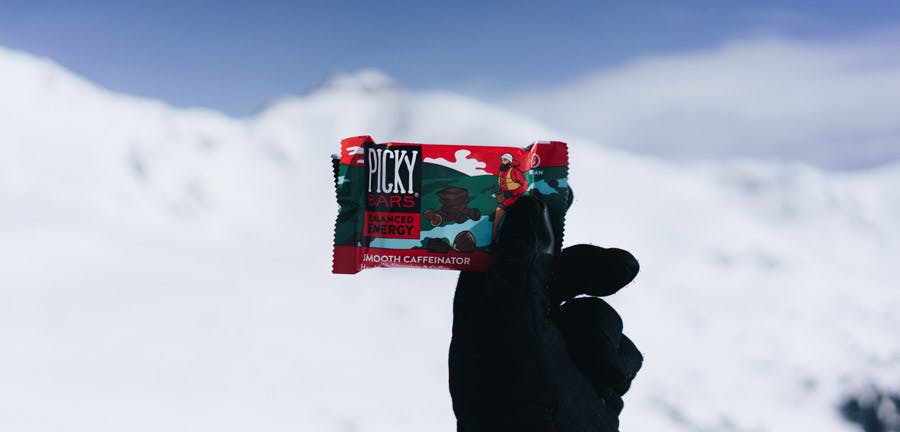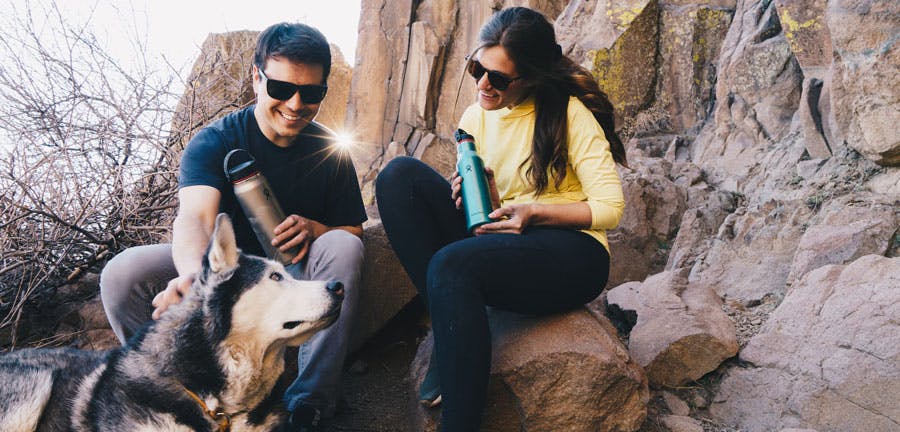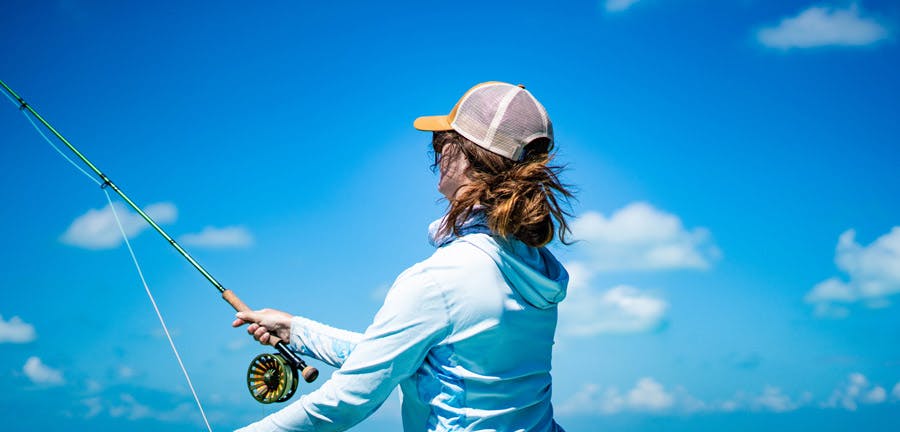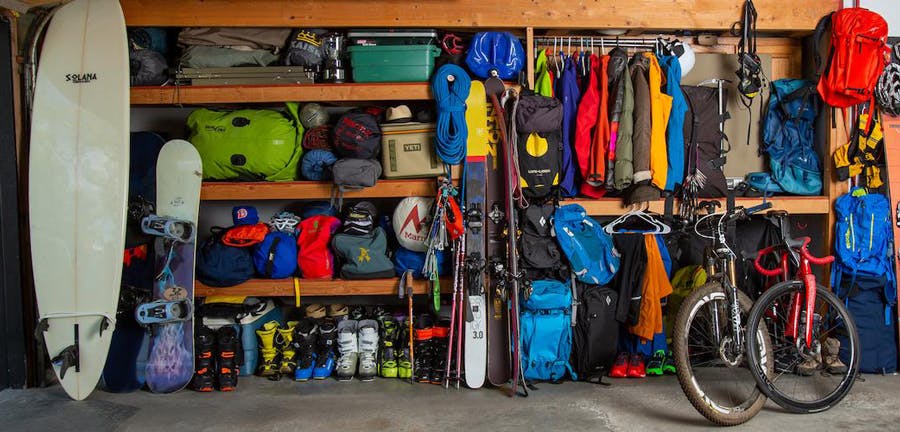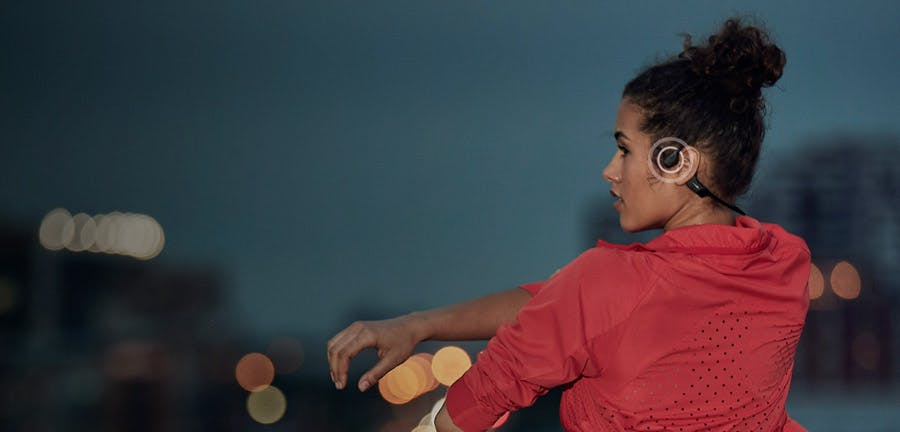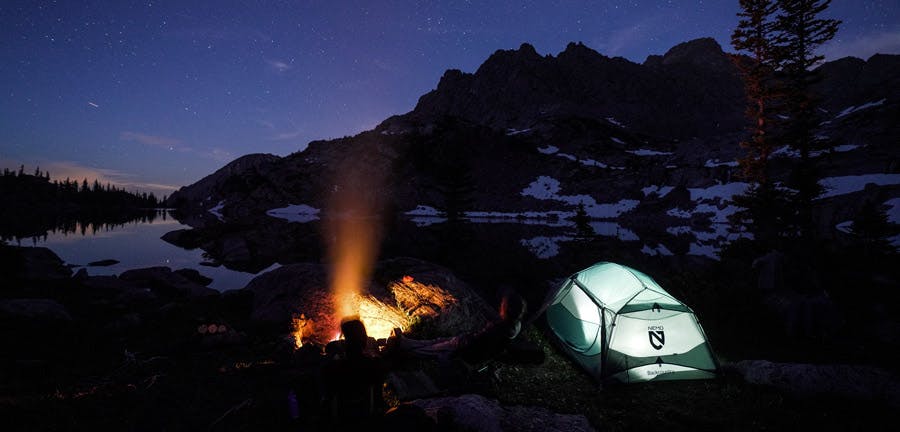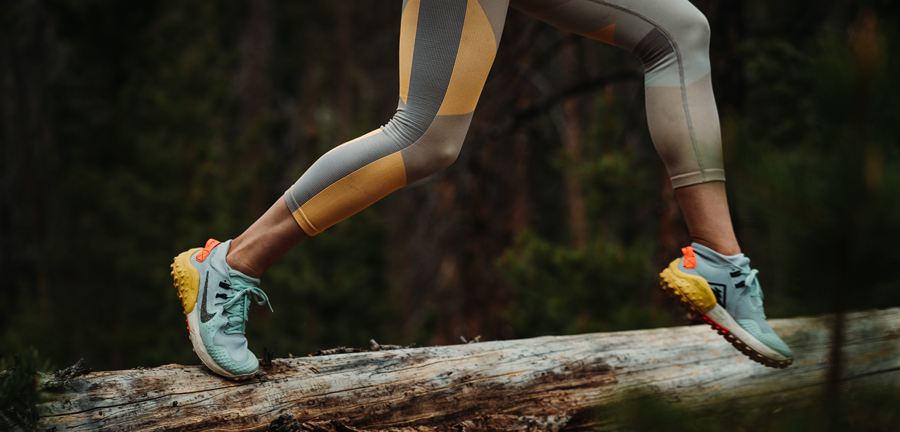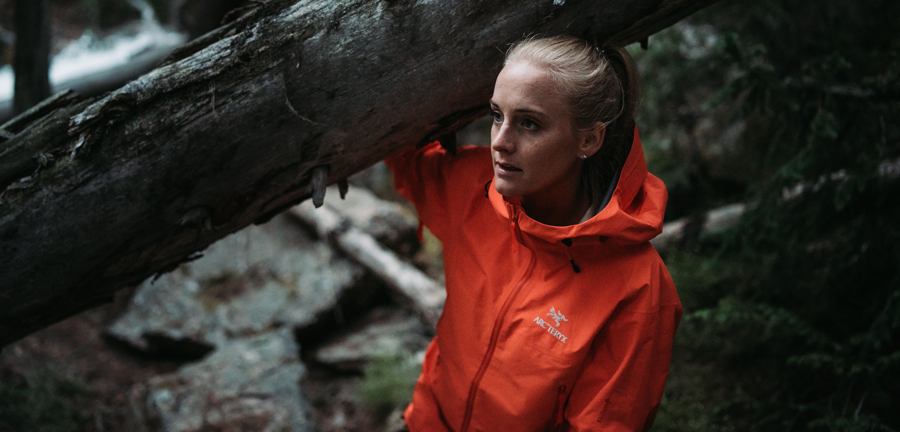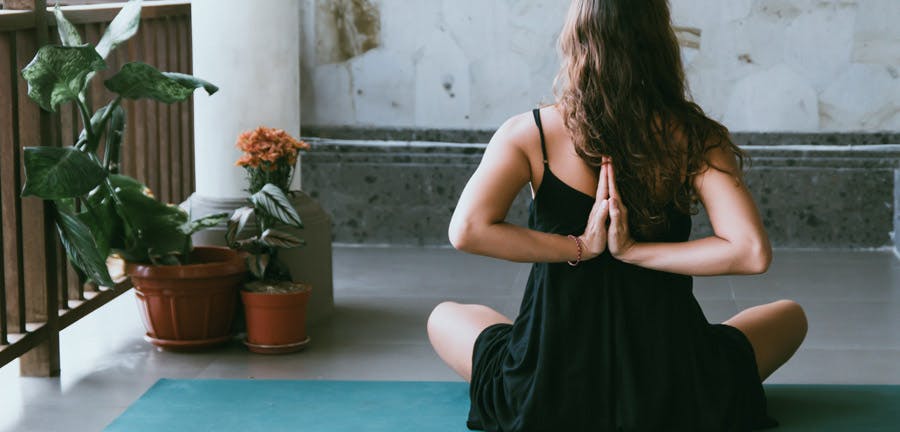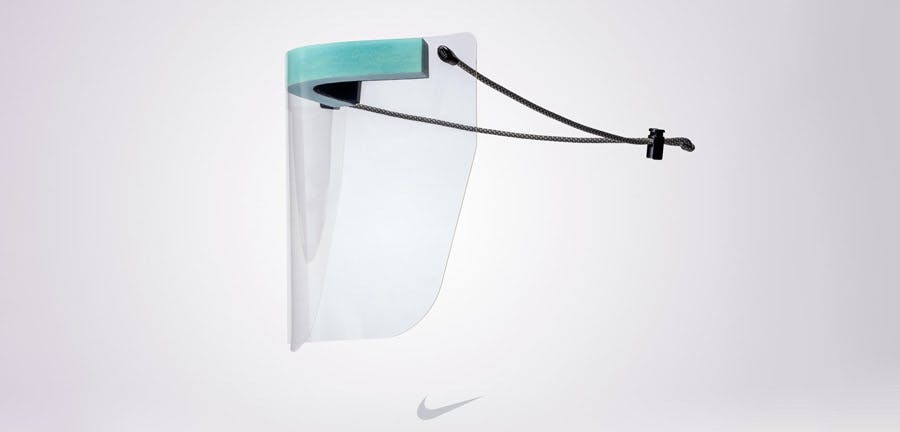The Best Hiking Boots for 2018
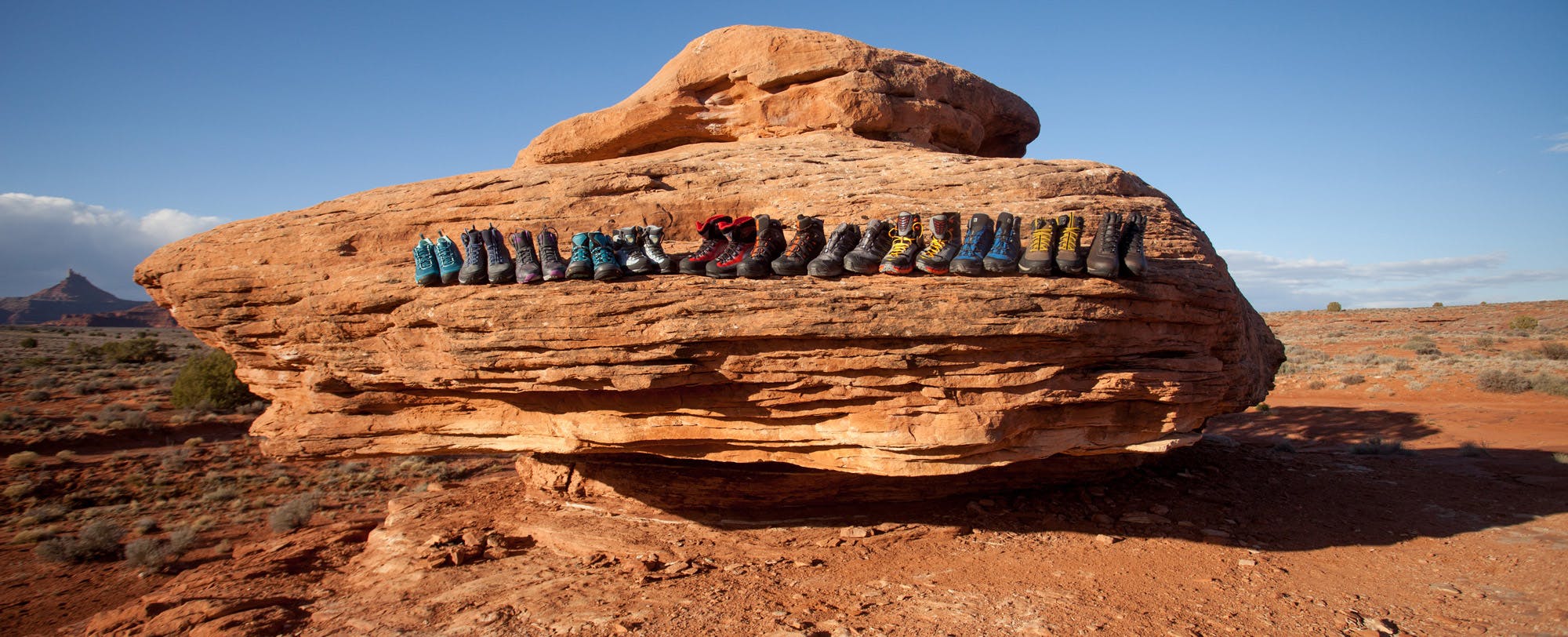
Choosing hiking boots can be more difficult, painful and challenging than hiking itself. So Active Junky tested the best men’s and women’s hiking boots to help you make the right choice. Use this Buyer’s Guide to read up on some time-tested options and some latest and greatest models from the best hiking boot brands. And don’t forget to sign up for Active Junky for exclusive deals and cashback on your gear purchases.
Hiking Boot Brands Reviewed
| Men's Boots | Women's Boots |
| Danner | Danner |
| Hoka One One | Hoka One One |
| La Sportiva | Keen |
| Oboz | La Sportiva |
| Salomon | The North Face |
| Vasque |
How To Choose the Best Hiking Boots
Day and overnight hikers rely upon several types of hiking boots and shoes on the trail. Some hikers prefer ultralight trail running shoes. Others lace up the burliest and beefiest high-cut backpacking boots. We focused this Buyer’s Guide on the popular mid-height boot category.
Mid-cuts reach just above the ankle, making them lighter than high-cuts yet more stable than low-cut trail runners or trekking shoes. This mid cut is arguably the most versatile, as hikers can wear them during day hikes as well as overnight (even multi-day) treks.
Pro Tip: If you prefer a trail runner or a high-cut backpacking boot, use Active Junky’s search feature to find the best deals on your favorites. Otherwise, let’s keep trekkin’.
3 Questions to Find the Best Hiking Boots
1. What kind of terrain do you typically hike?
Some boots have more stability and are better for rocky scrambles (like the Salomon X Ultra Mid or the La Sportiva Trango). Other boots are lighter and suit longer days on rolling terrain (like the Hoka One One Tor Ultra Hi).
2. What’s the climate like where you hike?
A reliable waterproof boot is going to cost $20-$50 more and may be less breathable than boots with full mesh uppers. Dry conditions suggest a more breathable upper rather than full-on waterproof laminate materials.
3. How far and long do you hike?
Longer trips with heavier packs suggest a burlier boot, although some thru-hikers swear by running shoes. Pick a boot based on the weight-to-load carrying ratio: more stable models end up slightly heavier and slower.
Editor's Picks for Best Hiking Boots
Best Recreational Hiker: Danner Mountain 600
Not built for through hiking or expedition use, the Danner Mountain 600 created its own category in our testing. Capable of instant wearing without any break-in period, the boot demonstrated agility over challenging terrain and stomped on most others tested when it came to handling water and snow.
Best Lightweight Boot: Hoka One One Tor Ultra Hi
On the men’s side, the Hoka One One Tor Ultra Hi was a favorite, though it is certainly not the burliest of boots. This model is more of a running shoe with added ankle support. Testers enjoyed the mileage-inducing rockered sole.
Best Burly Boot: La Sportiva Trango
Lightweight when compared to heavier backpacking boots, the La Sportiva Trango delivered the best ankle support. A special “climbing zone” in the toe of the boot allowed scrambling testers to edge across traverses with ease. Unfortunately, La Sportiva Trango didn’t grip as well as Hoka or the Salomon.
Best Women’s Hiking Boot: Vasque Breeze III GTX
The Vasque Breeze III GTX was the outright favorite as every aspect earned top marks. Versatility to traction, comfort to durability, testers were surprised by how blister-free they were during full days on their feet with these women's boots, even right out of the box.
Universal Attributes
Each boot was evaluated based on five universal attributes, one of which testers selected as the top “key attribute” for every model tested.
Performance: How well does the boot perform its given task? This attribute takes into consideration everything from traction to waterproofness and stability.
Weight: Is the shoe a lightweight beast or a bummer of a brick? Does it make you feel fast on the trail or slow you down?
Fit: How well does the boot fit? Boots that fit well right out of the box as well as after weeks of wear earned top marks in this category.
Versatility: Does the boot perform well in a variety of scenarios? Can you hike, run, jump and scramble? Is it comfortable to wear into town?
Durability: How much wear and tear does the boot show after the first trek? What about the fifth? The tenth?
Best Hiking Boots for Men Reviews
Salomon X Ultra Mid 2 GTX – Men’s Hiking Boots
Field Notes: Testers evaluated a trio of Salomon hiking boots (the latest models), ranking this X Ultra Mid 2 GTX highest. While lacking radical innovation, this boot’s a lightweight, breathable and waterproof trooper with top-notch traction. Tested in myriad scenarios including backpacking and climbing approach hikes, Active Junky gave ten toes up to X Ultra Mid 2 GTX.
Pros: Where to start? The X Ultra Mid 2 GTX is an update of one of the most successful Salomon hiking boots. It’s light (only 16.2 ounces), durable and has best-in-class grip on par with the winning Hoka hiking boots. Contagrip lugs easily overcame mud and dirt, blowing testers away with pure reliability on rock. GORE-TEX waterproofing kept feet dry through stream crossings at the bottom of a canyon. Ortholite footbeds left testers comfortable at the trailhead. Before and after the hike.
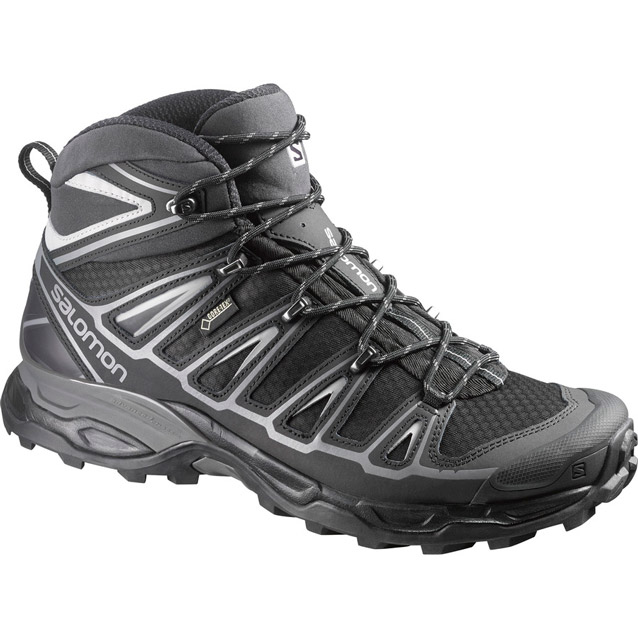
Cons: With few faults, testers sought better cushioning and support. Truth be told, that’s not the intent of this model. For comfort and ankle help, look to the Salomon Quest Prime GTX, a (heavier) upgrade that retains the rigid performance of an EVA midsole and a molded shank.
Tester Quote: “I was able to walk confidently down 45-degree sandstone, fully loading my weight on the boots, knowing they wouldn’t slip. Not possible in the La Sportiva Trangos. Plus, I love the way they look and feel like running shoes with a touch more ankle support.”
Bottom Line: By sticking to their guns, Salomon did no wrong on this pair of boots. Light, strong, fast. Ideal unless you seek a heavier, burlier pair of boots.
Key Attribute: Versatility
Best For: Hiking in varied conditions, lightweight backpacking, fast day hikes.
Danner Mountain 600 – Men’s Hiking Boots

Tommy Joyce
Field Notes: In scrambling with a day pack in Colorado’s Front Range as well as backpacking in the Twin Peaks region, the Danner Mountain 600 allowed testers to travel fast, scramble easily and push through wet obstacles fearlessly. Stay-tied lacing prevented snags while the boot’s close-in profile defied abrasion. The Vibram SPE midsole? Genius. The Vibram Megagrip outsole? Unstoppable.
Pros: Superior comfort from lace-up allows the hiker to buy and go (unlike many of the other boots tested). Top-tier breathability avoids moisture build-up and retention while traction is above average on loose, loamy surfaces, rocky scrambles, packed and muddy trails during climbing, descending, and travelling across level terrain. In addition, the Fuga outsole quickly sheds granular materials as well as mud to stay functional during long days across mixed terrain.
Cons: Torsional stability limits the load-bearing capacity to under 30lbs for most users covering rough terrain. While suited for most applications, the 4.5” boot’s heel cup lacks sufficient structure for mid- to long-distance hiking.

Favorite Feature: Mountain 600 integrates one of the best waterproofing systems we've tried, even through streams and late-season snow patches. While the suede upper looks good standing still, wet is where you forget other boots and their marginal protection in favor of your new favorite boot from Danner.
Tester Quote: “If you want to walk more than talk – and still look good after a day or two on the trail -- the Mountain 600 is the boot we’ve longed for from a storied brand at well under $200. If you’ve got friends you’re trying to get outside, this is the model that’ll do it, even if they live where it’s wet.”
Bottom Line: The right men’s hiking boot for 80% of wearers and 90% of conditions they’ll encounter during day and weekend outings.
Best For: Day hikes and long weekends where packed weight is moderate – and streams or creeks might cross your path.
Key Attribute: Fit (but buy one full size down from street shoes)
Hoka One One Tor Ultra Hi – Men’s Hiking Boots
Field Notes: When backpacking, this model showed strongly. One tester was encouraged by the sleek styling, ankle support, and signature Hoka One One rockered outsole – and went for a run one morning before trekking up a slickrock canyon with the rest of the crew. From jogging to scrambling, this “running boot” did extremely well. It showed best when testers were free of heavy packs to move quickly through desert terrain.
Pros: First off, it has one of the best gripping soles tested (a Vibram MegaGrip outsole with 5mm lugs) to scale near vertical walls of slickrock with ease. The light, 17oz boot is surprisingly supportive. Ankle support mimics that of an athletic brace as the wearer cinches the laces and seals the side walls against the minimally padded tongue. The eVent fabric is waterproof, and the meta-rocker geometry (the unusual curvature of the outsole) allowed hikers with bad knees to make the most of technical trails. The thick midsole (EVA and RMAT) made for one of the most comfortable boots tested as well.

Cons: While the Vibram MegaGrip outsole had impeccable traction, testers found the wear and tear evident after only a few days unsettling. Even as the sole wears down, the high lugs and grippy rubber appear to maintain solid traction. Also, despite using waterproof eVent fabric, the sides of the tongue allowed water to seep in.
Favorite Feature:The rockered outsole -- inspired by their running shoes -- makes the miles whiz by. It’s comfortable on the knees and encourages hikers to keep on trucking.
Tester Quote: “I only run in Hokas these days—they’re just the best thing for my knees. I was hyped to get into a pair of these, and I was so pleased by the feel that I actually took them for a run one morning when we were out backpacking.”
Bottom Line: A lightweight, futuristic pair of boots certain to start a conversation on the trail. That is if anyone can keep up.
Best For: Runners, thru-hikers, and fast packers.
Key Attribute: Performance
La Sportiva Trango – Men’s Hiking Boots
Field Notes: The Trango was tested on the steepest trail in Canyonlands National Park, backpacking on the canyon rim and on day hikes along the Colorado River.
Pros: The ankle support was fantastic, and stability confirmed throughout the reinforced body of the boot. Rubber rands run along the toe and heel for added durability, keeping stubbed toes to a minimum. The dual density Memex EVA midsole dampened impact without sacrificing support, and testers found the fit to be as customizable as advertised.

Cons: Testers trusted the climbing brand to offer superior traction. However, the Vibram soles, notably in the front of the boot, didn’t lock onto rock shelves as well as the Salomon X Ultra Mid 2 or the Hoka One One Tor Ultra Hi. The durable outsole of the La Sportiva boots seems to be largely unmarred by rock and dirt after over a month of heavy use.
Favorite Feature: The toe rand, protecting backpacking testers’ feet from becoming bruised and battered on long days with drastic elevation changes.
Tester Quote: “You’ve got to appreciate the La Sportiva build when it comes to footwear. I like these boots for hiking in moderate or inclement weather—the waterproofing is great. More traction would help. There were a couple of times when I wished for a stickier, grippier sole.”
Bottom Line: A solid pick based on waterproofness and durability. This boot will last a while.
Key Attribute: Durability
Best For: Backpacking with moderate loads.
Hoka One One Tor Summit – Men’s Hiking Boots
Field Notes: Tested on long, flat trails and steep canyon walls with rapid elevation gain (including one trail that boasted 1400 vertical feet in 2 miles), the Tor Summit was preferred by testers on the flats due to its rockered sole.
Pros: Testers loved the fit and feel from the jump, noting that hikers with long, skinny feet (instead of wide arches) appreciate the Nubuck and Suede Hoka body. The weight of the shoe earned top marks as did the rockered sole for miles on flat and rolling terrain. As with the Ultra Hi, the Tor Summit boasts superior grip thanks to the Vibram MegaGrip Hi-Traction Outsole.
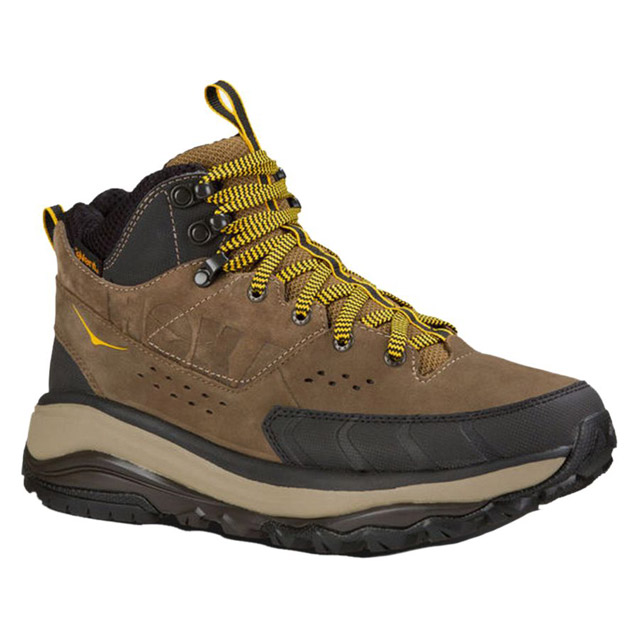
Cons: Some testers weren’t crazy about the Meta-Rocker sole’s comfort when scrambling up a stone staircase trail as compared to the Salomon Ultra Mid. Testers questioned the Tor’s breathability, as it yielded sweaty socks on desert treks.
Favorite Feature: It’s a tough call with the 13.5oz Tor, as testers couldn’t pick between the unbeatable traction and the light overall weight. Another contending feature: the luxuriously cushy midsole.
Tester Quote: “Some of the other testers love the rockered sole on the rolling terrain but I felt unstable on the rocks. The boot’s weight was attractive as was the grip, fit, and overall build. I would definitely buy this boot with reduced ratings on extremely rocky terrain.”
Bottom Line: An excellent, lightweight hiking boot for those who appreciate the Hoka One One rockered soles.
Key Attribute: Weight
Best For: Fast hikers who log serious miles on flat and rolling terrain.
Oboz Bridger Mid BDry – Men’s Hiking Boots
Field Notes: Oboz is a brand name that, said out loud three times fast, brings a smile. Active Junky testers, who’d put the brand’s non-waterproof footwear on the trail in 2014 and 2015, deployed Bridger in southern Colorado in a one-week trial earlier this year. The goal: To see if grins held after subjecting the boot to a wide range of conditions.
Pros: Step into the boot and get the adventure started. With a self-explanatory lacing system (many are no longer so), Bridger Mid BDry formed a secure, wrapped enclosure for each foot – even when left and right foot were slightly different sizes. The Granite Peak outsole delivered competent traction across dry creek banks, 100yd plus stretches of clay mud, scrambles up loose rock and small-town pavement. Waterproofing sustained the tester during quick river crossings as well as thunderous rain squalls pounding in from the west.

Cons: With an intentionally-overbuilt structure that handles wide-ranging conditions comes, by default, a bulkier boot. The light TPU forefoot plate is among several components that reduce weight, still leaving Bridger Mid BDry intentionally mimicking “waffle stompers” from the 70s. In addition, the foot-conforming NuBuck leather needs regular spray treatment to help shed dirt and grime.
Favorite Feature: The waterproof, breathable BDry upper is the obvious choice with this style. But we’re going with the insole and midsole combination for serious, extended comfort. Instead of plowing through all conditions (and leaving feet the victim), the boot brings instep relief and toebox wiggle room to the design. Even extended climbs and descents failed to mash, crash or overextend the foot’s geometry.
Tester Quote: “Wear and you shall receive. Walk and you will prevail. Carry and a world of overnight possibilities open up before you. Fear not the raging river, soggy bottomland or high desert escarpment, fellow traveler. Oboz Bridger Mid BDry is with you every challenging stride of the way.”
Bottom Line: For not much over $150, day hikers, trekkers, and backcountry travelers get years of mileage out of a single pair. The company maintains high standards so you can expect every pair succeeds straight out of the box.
Key Attribute: Fit
Best For: Higher mileage across difficult terrain, changing weather patterns and even multiple seasons (three minimum, for starters).
Best Hiking Boots for Women Reviews
Vasque Breeze III GTX – Women’s Hiking Boots
Field Notes: We took these Vasque women’s hiking boots to Arches National Park. The eight-mile loop around Devil’s Garden provided varying terrain to test them out: red dirt, slick rock, steep trails and sandy washes—these boots tackled them all with confidence.
Pros: The toe and heel ventilation and breathable upper were great for desert hiking. Tester’s feet never overheated. Vasque claims out-of-the-box comfort, and we purposefully didn’t put these boots on until the morning of an all-day hiking adventure. At the end of the day after miles and hours, there was no foot fatigue or soreness.
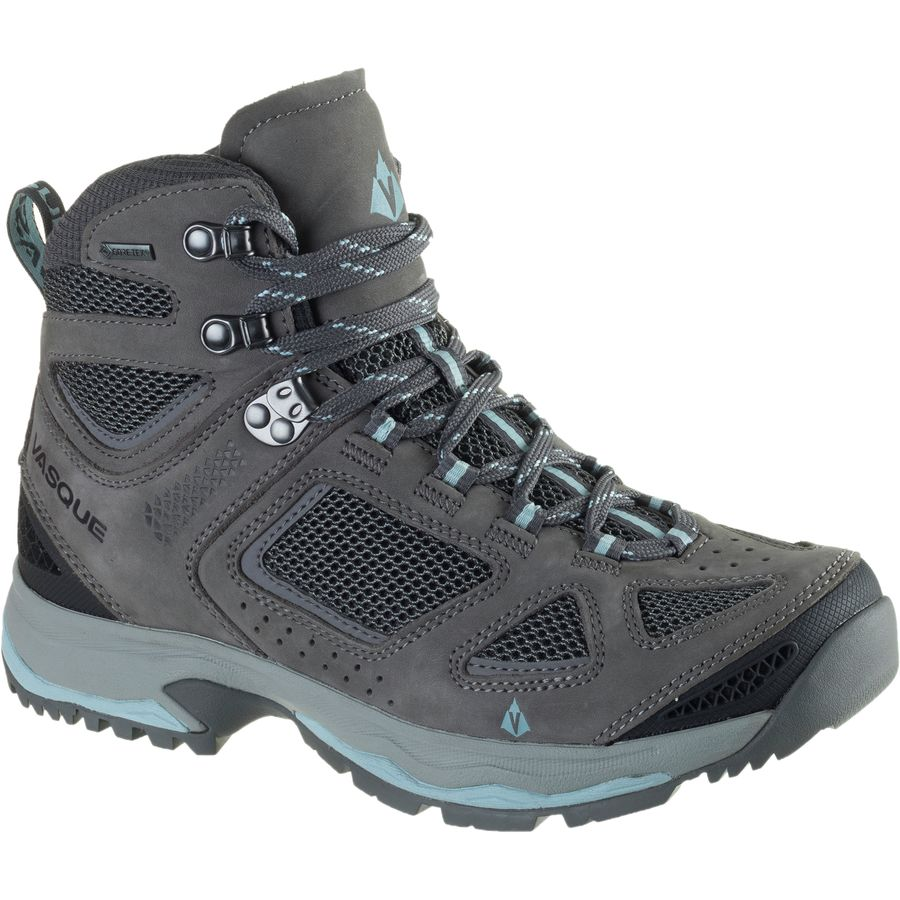
Cons: Being lightweight and breathable, they are not insulated and wouldn’t be a great choice for hiking on ice or snow unless paired with warmer socks. Consider a half size larger if that is the case.
Favorite Feature: Vibram Megagrip and Vasque Vibram Contact Grip. This boot’s outsole has serious traction that performed exceptionally on slick rock and would perform equally well over technical scrambles and rocky trails.
Tester Quote: “The grip on these boots is amazing! I ran up and down slick rock without an ounce of worry. And steep places where other people where hunkering down to one foot to slide, I walked straight down. And straight out of the box they were comfortable running around all day.”
Bottom Line: These boots can handle most conditions. We would happily take them on casual dirty trails, multi-day backpacking trips, or to the top of a peak. Neither comfort nor performance were sacrificed with these Vasque high top hiking boots.
Key Attribute: Performance
Best For: Day hikes, overnight backpacking, mixed trails and especially rocky conditions
Danner Mountain 600 Low – Women’s Hiking Boots
Field Notes: Active Junky testers took these Danner Mountain 600 low tops to red-dirt trails in Arches National Park, and they kept pace with burlier and tougher-looking boots.
Pros: These hiking boots are extremely comfortable and performed better than expected at first glance. The Vibram sole is always a great choice for solid traction, and the suede upper with waterproof treatment is a huge bonus if conditions get stormy or small streams cross your path. The entire construction of the boot makes for a lightweight pair of low-top hiking boots.

Cons: The laces tended to slip when trying to tie them down tight. Comfort may be at the cost of support, so these would not be our first choice for multi-day backpacking trips or technical scrambles.
Favorite Feature: Vibram Fuga outsole with a lug pattern that creates extra-sticky grip and confidence on trail, or in our tester’s case, desert sandstone.
Tester Quote: “These remind me of my favorite skate shoes: comfy and roomy. But then I was surprised by how they well performed when hiking. I’m not sure I’d take them to the top of a mountain, but strolling around trails, they were great.”
Bottom Line: If you’re looking for a comfortable, durable and lightweight pair of boots that you can throw on for a day hike around a national park or forest setting, these are a solid choice.
Key Attribute: Weight
Best For: Casual trails and non-technical day hike
Keen Logan Mid – Women’s Hiking Boots
Field Notes: Tested on backpacking trips in Canyonlands, day hikes in Arches and muddy slogs back in the Pacific Northwest, the Keen Logan emerged as a clear winner in the women’s category.
Pros: These Keen hiking boots are comfortable from first lacing, particularly for testers with narrow feet. Testers hit the trail hard in these boots, encouraged by the shock-absorbing PU midsole and heel cushion, snug heel fit, a protective rubber toe cap and waterproof KEEN.DRY membrane. The TPU shank added noticeable support on multi-day backpacking trips.
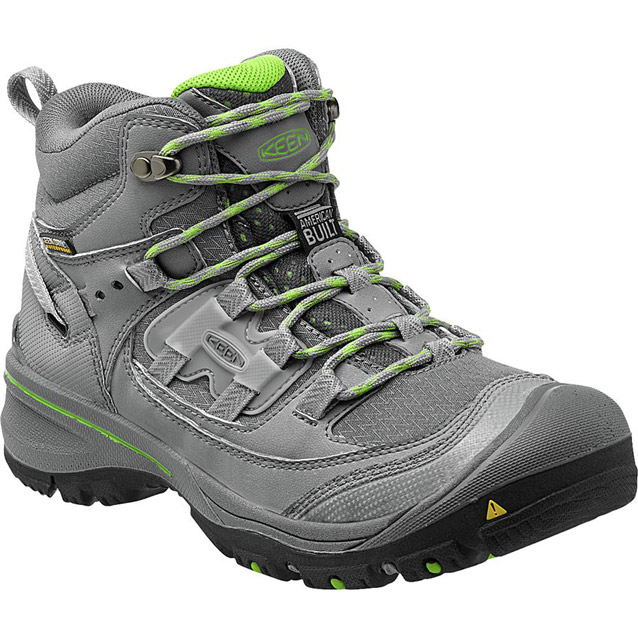
Cons: Definitely favors a narrower foot. Width aside, testers found no faults apart from the styling that stands out off the trail. Active Junky let it go as Keen Logan Mid fit well, felt comfortable and inspired wearers to crush mile after mile of tough terrain.
Favorite Feature: The toe box is wrapped in protective rubber to minimize stubbed toes on off-trail slickrock scrambles. This rubber flows into the solid midsole, adding to the stability and notable durability.
Tester Quote: “Wow, these were so comfortable. I had zero sore spots after my first 3-day backpacking trip in these (which is somewhat of an anomaly) -- they’ve only been getting more comfortable as they get worn in. Also, the traction was better than any other boot I tested. They’re light enough for short mellow trails, rugged enough for longer backpacking trips.”
Bottom Line: One of the top women’s boots we’ve ever laced up. Testers grew more enthused with every step. A smart purchase that serves you well in a variety of scenarios.
Key Attribute: Versatility
Best For: Hiking, backpacking and everything in between.
The North Face Ultra Fast Pack GTX – Women’s Hiking Boots
Field Notes: These boots were tested on scorching desert days and chilly nights deep in the canyon. The Fast Pack saw mud, snow, dirt, and rock as testers wore it in both backpacking and hiking scenarios.
Pros: This North Face boot is properly named as it’s sleek, light and ready for speed-oriented days on the trail. As with the Hokas, it feels like a running shoe modified to succeed as a hiker. Climbing the steepest trail in Canyonlands National Park, the tester noted the lightness on her feet. The GORE-TEX liner and synthetic mesh uppers meant excellent breathability, making it the preferred model on hot days.

Cons: Comfort wasn’t the strength of the Fast Pack GTX boots with extra-hard fabric connecting the tongue to the boot that created an awkward, pinching sensation. When compared to the Keen or Hoka models, support and grip were lacking.
Favorite Feature: The mesh uppers were a breath of fresh air when testing these boots in the desert. Hot days and tough trails turn a boot into a swampy greenhouse, but these breathable uppers cycled out moisture better than any other women’s boot tested.
Tester Quote: “They’re great for warm weather hiking on mellower trails, but I wish they had better grip and a more comfortable tongue.”
Bottom Line: If they fit properly, these lightweight boots are well suited for fast packing.
Key Attribute: Weight
Best For: Fast and light backpacking, hiking in warm weather.
Hoka One One Tor Summit – Women’s Hiking Boots
Field Notes:
While male testers put this boot through the paces on several trails in Canyonlands, Arches, the Rocky Mountain Front Range and beyond, female athletes rated them strongly off-trail on the rolling waves of famous Moab-area rock.
Pros: All testers agreed that the Hokas’ Vibram soles rated best in class. Even hesitant scramblers felt comfortable scaling rocky walls in the footsteps of another, technical climbing tester. The combination of two midsole materials (EVA on top and RMAT underneath) resulted in one of the cushiest, most comfortable boots tested. Every jolt and shudder were absorbed by the thick mattress-like amalgamation of technology sandwiched between the Hi-Traction outsole and the removable Hoka liner. The Late Stage Meta-Rocker Geometry’s 4mm offset (24mm in the forefoot, 28mm in the heel) boosts forward momentum while relieving pressure on the knees.

Cons: The thickness of the cushy midsole feels moderately unstable when navigating scree or technical rock routes. Even so, Active Junky valued the Hokas thanks, in part, to Vibram lugs that adhered like glue to sketchy rock formations high above the canyon floor.
Favorite Feature: The cushiness of the midsoles. Appearance aside, Hoka’s proprietary rocker tech does wonders for ankle, knee and hip joints. For long days and high mileage even with minor arthritis, hike confidently with Hoka One One Tor Summit.
Tester Quote: “These are, and I’m not being hyperbolic here, the most comfortable boots I’ve ever tried. Some friends encouraged me to give Hoka a chance -- I’m so glad I finally did. While my knees appreciated the midsole, I felt more comfortable on varied terrain in the Trangos.”
Bottom Line: A quality pair of hiking boots designed to ease joint stress from prior athletic injuries. Now put your focus on the scenery instead of pain.
Key Attribute: Performance
Best For: Hiking and backpacking, gripping slick terrain, long days on the trail, people with compromised knees, hips and backs.
Keen Saltzman – Women’s Hiking Boots
Field Notes: We included this low-cut model as many hikers prefer to hit the trail in a compact, light shoe rather than a bulkier boot. Tested on day hikes and backpacking trips, the Saltzman was the favorite for casual hikes and mellower pursuits.
Pros: Our testers were surprised by the model’s supportive build. This sensation of sturdiness is bolstered by the tough midsole, integrated nylon shank and webbed overlay that easily customize the fit. While the shoe does breathe well, the integrated padding’s insulation kept feet warm on colder nights in the high desert. And, like the Logan, the Saltzman sports best-in-class grip.
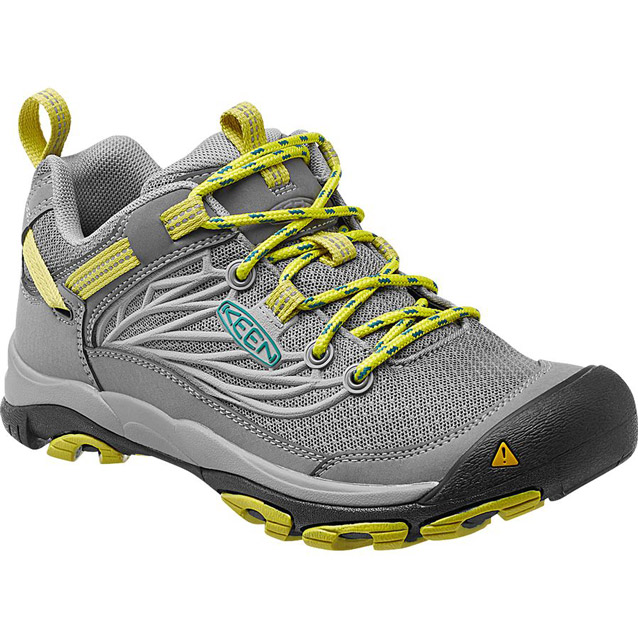
Cons: The Saltzman is heavy for a low-cut shoe. Aimed more at hiking than trail running (as evidenced by the classic Keen toe cap and outsole), Keen added ounces to assure years of rugged performance.
Favorite Feature: The signature, bombproof toe box was the feature of choice for testers. No surprise that it protected toes from wayward rocks and compression while crack jamming on more vertical terrain.
Tester Quote: “It’s sturdy and obviously built well. Extremely durable. Heavier than trail runners, this model is more day hiking than backpacking. Doubles up as a great, everyday adventure shoe. Wear hiking, boating or on a mellow cruiser ride into town. It’s a burlier version of mountain-town casual.”
Bottom Line: This low-cut hiker combines classic Keen hiking boots styling with a versatile and durable build. A solid, all-around adventure shoe.
Best For: Those with narrower feet, solid performance on day hikes, everyday wear.
La Sportiva Trango – Women’s Hiking Boots
Field Notes:
The Trango made it to the top of the roster by fighting through shifting sands and muddy waters, tromping across craggy sandstone ridges and trails lined with melting snow. High scoring on all attributes, the Trango excelled on backpacking trips in Canyonlands National Park. The boot’s stability surpassed that of the Keen Logan, our pick for the top women’s hiking boot.
Pros: Stable and sturdy, the Trango has La Sportiva’s mountaineering DNA in its design. On the heavier side, male and female testers concurred this model was noticeably more durable than other top models. Rubber toe and heel rands protect the wearer and promote longevity. The TPU Thermo Tech application to the upper fabric behaves like a lightweight shield to keep out water. And while testers appreciated the ankle support, La Sportiva succeeded in maintaining ankle mobility.

Cons: While the build is durable and testers relished edging with the toe’s climbing zone, the Vibram Mulaz outsole didn’t provide grip and traction at parity with the Hoka One One boots.
Favorite Feature: The 3D Flex ankle. Even when tied tightly, mobility was significant. La Sportiva positioned an ankle gap in the Thermo Tech upper so that the boot naturally hinges, compresses and reacts to the movement of the lower foot. A subtle feature, but one valued on day hikes, rock scrambles and backpacking trips alike.
Tester Quote: “I really loved this boot on the uphills. There were times on downhills – one 40-foot, 45-degree rock slope in particular – that sketched me out as I was worried the sole would slip out. But on uphills, the stability and the strong, edging climbing zone on the toe made me feel extremely safe. I was able to pick up the pace. Though not the lightest boot tested, it felt really fast. On a longer trip, this is my top choice.”
Bottom Line: A hiking boot, built by a climbing company, that excels in technical terrain were high traction is not critical. This durable boot should get the job done for years to come.
Best For: Everything from day hikes to long backpacking trips.
Key Attribute: Durability
All Products in this Article
Related Articles













